Another day, another mid-size SUV comparison. This time, it’s not the best sellers we’re interested in, but two of the latest generations of some of the pioneers in the segment: the Subaru Forester and the Mitsubishi Outlander. Both have been recently updated – the Outlander reached an all-new fourth generation, while the fifth generation Forester was gently massaged – and both are more relevant to Australian buyers than ever. So which is best: the 2022 Subaru Forester 2.5i-S or the 2022 Mitsubishi Outlander Exceed? Let’s find out.
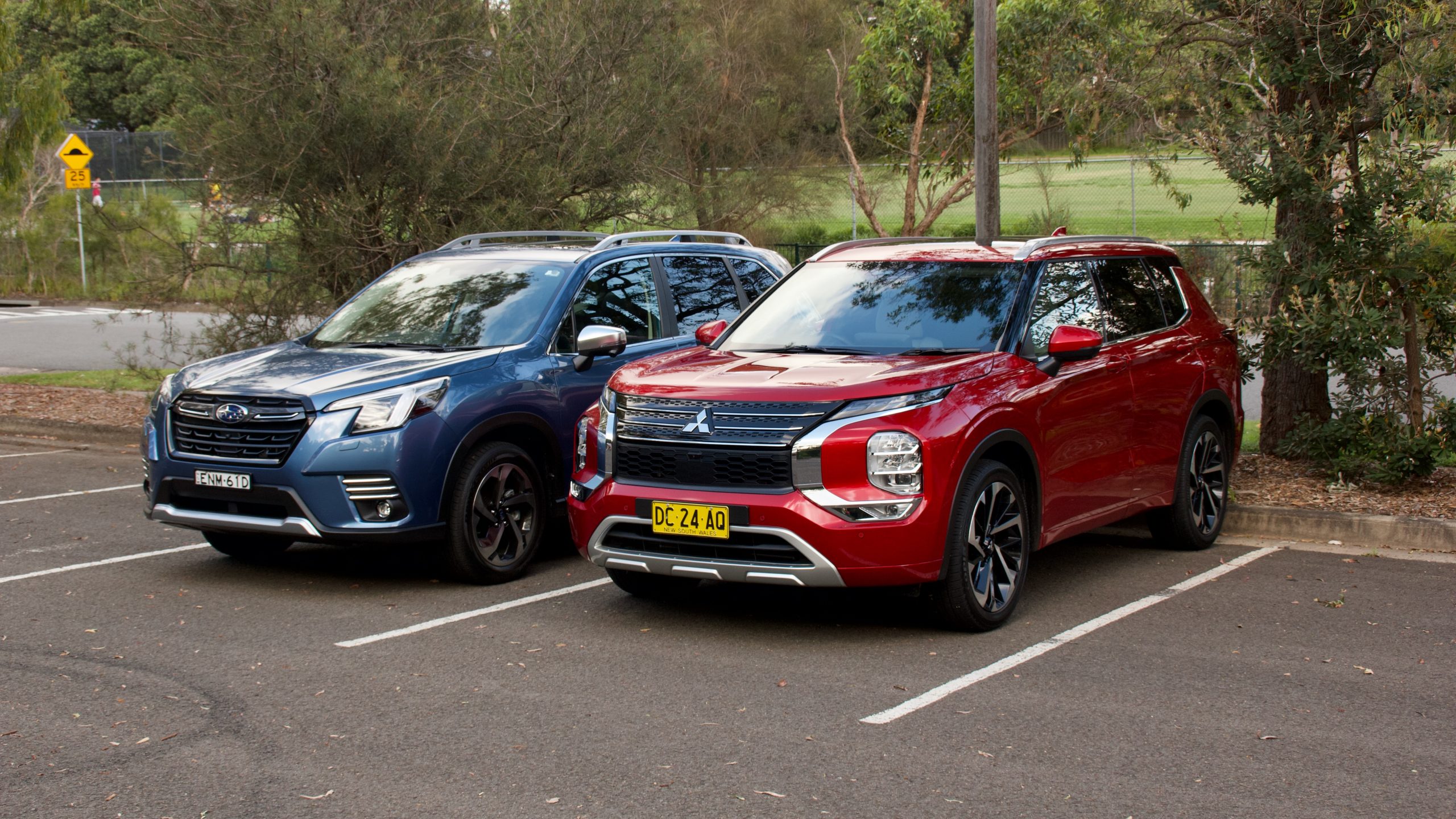
Price & Equipment:
In each model range, we’re testing the second-from-top models – the Forester 2.5i-S ($44,190 plus on-road costs or around $50,000 drive away, depending on your location) and the Outlander Exceed ($47,990 plus on-road costs or $51,490 drive away nationally).
Both cars share a lot of equipment, including LED headlights, auto lights and wipers, leather upholstery, powered front seats with heating and driver’s memory functionality, keyless entry and start, heated and auto-folding mirrors with auto-dropping functionality, panoramic sunroofs, electric tailgates, large touchscreen infotainment systems with satellite navigation, digital radio, Apple CarPlay and Android Auto smartphone mirroring, roof rails, leather steering wheels and premium sound systems – Harman Kardon in the Subaru and Bose in the Mitsubishi.
Shared safety equipment includes auto emergency braking (AEB) with pedestrian and cyclist detection, lane keep assist with lane departure warning, adaptive cruise control with stop and go functionality, automatic rear braking, Matrix high beam functionality for the headlights, driver attention monitoring, blind-spot monitoring with rear cross-traffic alert and speed sign recognition.
Subaru offers a wide range of colours for the Forester, all at no extra cost. Colour choices include ‘Crystal White Pearl’, ‘Ice Silver’, ‘Brilliant Bronze’, ‘Crimson Red’, ‘Autumn Green’, ‘Cascade Green’, ‘Magnetite Grey’, ‘Crystal Black’ and our test car’s ‘Horizon Blue’. Interior colour choices include black or light grey, and both are available on each colour choice.
Available colours for the Outlander Exceed are the no cost ‘White’, as well as ‘Cosmic Blue’, ‘Sterling Silver’ and ‘Titanium’ for $740 extra and ‘Black Diamond’, ‘White Diamond’ and our test car’s ‘Red Diamond’ for $940 extra. Interior options include either black or white leather.
But while the Outlander is around $1,500 more expensive to buy, we think it’s better value than the Forester as its equipment list is a lot longer. Over the Forester, the Outlander adds an extra airbag (a front centre unit that has helped earn it a recent five-star ANCAP safety rating), a proper 360-degree parking camera, larger 20-inch wheels, a wireless phone charger, a larger 9.0-inch infotainment system with wireless Apple CarPlay and Android Auto, sunshades in the rear windows, lumbar adjustment for the front seats, a heads-up display, four automatic windows, a 12.3-inch digital driver’s display, a rear climate zone and for the Outlander’s unique selling point in the segment: two extra seats for seven in total.
The Forester does offer some features over the Outlander such as rear fog lights, lane trace assist and a full-size alloy spare wheel. But is that enough? Not in our opinion.
Price and Equipment Winner: Mitsubishi Outlander
Performance & Economy:
While a hybrid option is available for the Forester and a plug-in hybrid is once again coming for the Outlander, we tested the single petrol option currently available for both: a 2.5-litre four-cylinder petrol engine matched to a CVT automatic transmission and all-wheel drive. Yep, despite coming from different car makers, they have very similar drivetrains.
The Forester’s engine differs to the Outlander’s by being a ‘Boxer’ unit, which means that the cylinders fire horizontally and not vertically, like the Outlander. But their similarities are noticeable, even in their respective outputs – the Forester makes 136kW of power and 239Nm and of torque, while the Outlander makes 135kW and 245Nm, just 1kW and 6Nm difference.
The CVT automatic transmissions in both cars are fairly typical of the type – there are no physical first gears here, unlike the Toyota RAV4. The Outlander features eight stepped ratios for more natural drivability, while the Forester features stepped ratios as well, though one less at seven. In both cars, a regular transmission would help drivability as even mild prods on the throttle result in strained engine noise in both cars. Neither one of these two SUVs is particularly quick, but both do an acceptable job around town and on the freeway.
In terms of fuel economy, Mitsubishi claims that the Outlander will use 8.1L/100km on a combined cycle, while the Forester uses slightly less at 7.4L/100km – in reality, we used 10.3L/100km in the Subaru and 9.2L/100km in the Outlander in combined driving. Both cars use 91RON regular unleaded and the Outlander’s 55-litre tank is smaller than the Forester’s 63L unit. The Forester tows 200kg more than the Outlander at 1,800kg braked.
Performance and Economy winner: Mitsubishi Outlander (just)
Ride & Handling:
Both the Outlander and Forester use up-to-date platforms with all-wheel drive systems and independent suspension at both ends. They’re also built for all-out comfort, unlike something sportier, such as the Mazda CX-5. That’s seen in their driving dynamics as both aren’t anything special behind the wheel. Both are reasonably comfortable to drive, though we’d like to see a more connected feeling for both cars. The Outlander’s ride quality needs improvement as it’s too soft, while the Forester’s ride is a touch jiggly no matter what the speed. Unlike a Hyundai Tucson, neither the Outlander, nor the Forester, ever really settles.
Dynamically, the Forester just shades the Outlander with more natural steering, a gripper all-wheel drive system and safer handling. Its visibility is also a lot better than the Outlander thanks to its larger windows and thinner pillars, while both cars’ road noise levels are pleasingly low. Both will be entirely comfortable for families, but memories of the Forester XT and Airtrek Turbo R are long gone thanks to both cars’ lack of fun. But do buyers want that? Apparently not. If you’re wanting more of an off-road flavour, despite the Outlander’s various off-road modes, the Subaru is definitely the off-road champion here thanks to higher ground clearance and constant all-wheel drive.
Ride and Handling winner: Subaru Forester
Interior & Practicality:
From the outset, both the Outlander and Forester feature roomy and practical interiors that are good quality, safe and full of lots of modern technology. While the Outlander’s dashboard is modern and up to date – it is a brand new product, after all – the Forester’s dashboard design is a little more conservative and less modern, thanks to its earlier release date. But while the Forester’s cabin might look older than the Outlander’s, there’s no denying how functional it is in typical Subaru fashion.
There’s no doubting the quality in either cars, though. The Outlander’s cabin surprised us with just how supple the leather is and how many surfaces are soft touch, but the Forester’s cabin is well built and features a lot of soft touch materials too. Both cars feature slightly plasticky switchgear such as the indicator stalks, but in general, their cabins are well finished.
Both cars feature large central infotainment systems with a range of functions, including smartphone mirroring, satellite navigation and digital radio. The Subaru’s ‘Starlink’ system is more straightforward to use, though, with a simpler layout and greater ease of use than the Nissan-derived system in the Mitsubishi. But the latter’s screen quality is superior with brighter colours and its 12.3-inch digital driver’s display is more expensive looking than the Subaru’s traditional dials. The Mitsubishi’s touchscreen is a single unit as well, unlike the Subaru’s dual-layer units, which means that the 360-degree camera is in one screen – the Forester’s reversing camera displays on the lower screen, while the left-hand side camera is displayed through the top one.
Both cabins are reasonably practical with big door bins and gloveboxes, reasonable cupholders, big centre bins and trays ahead of the gearbox – only the Mitsubishi has a wireless charger, though.
The rear seat of the Forester (/middle seat of the Outlander) is roomy, airy and reasonably well featured with sectioned map pockets, vents and rear charging outlets. The Outlander’s windows are smaller but it’s even better featured with all of the Forester’s features plus a third climate zone and inbuilt blinds in the windows. The third row also slides and reclines, unlike the Forester, and the Outlander also features a kid-only third row of seating, which gives it a largely unique selling point in the segment.
In five seat mode, the Forester’s boot is 20-litres larger with 498-litres on offer, and a huge 1,740L with the seats folded. The Outlander’s third row eats into storage slightly and it measures 478L (163L with all seats erected) in five seat mode and 1,461L with all the rear seats folded – 279L less than the Forester. Both boots feature hooks, tie down points and remote releases to fold seats, while the Forester has a full-size alloy spare wheel and the Outlander a space saver.
Interior and Practicality winner: Mitsubishi Outlander (only just)
Service & Warranty:
While both cars are likely to be very reliable, the Subaru’s five-year/unlimited km warranty is slightly superior to the Mitsubishi’s five-year/100,000km equivalent. But if you service with Mitsubishi, your warranty could be up to 10 years/200,000km, which is the best in Australia. The Outlander also comes with up to four years of roadside assistance – the Forester just 12 months.
The Outlander’s service costs and intervals are superior to the Subaru – over the first five years/75,000km, the Outlander costs $995 to service (just $199 per service). The Forester? Its shorter 12,500km intervals and higher service cost mean that over 62,500km, it costs $2,422.38 ($484.48 per service) to service.
Service and Warranty Winner: Mitsubishi Outlander
Which is best: the 2022 Subaru Forester 2.5i-S or the 2022 Mitsubishi Outlander Exceed?
From the outset, it’s clear that both Mitsubishi and Subaru have made excellent mid-size SUVs that are well-rounded and offer a wide range of appeal to wide audiences. Unlike previous versions of both cars, sportiness is not on the menu thanks to lacklustre dynamics, but both cars are comfortable, quiet, spacious, reasonable value for money to buy and well equipped.
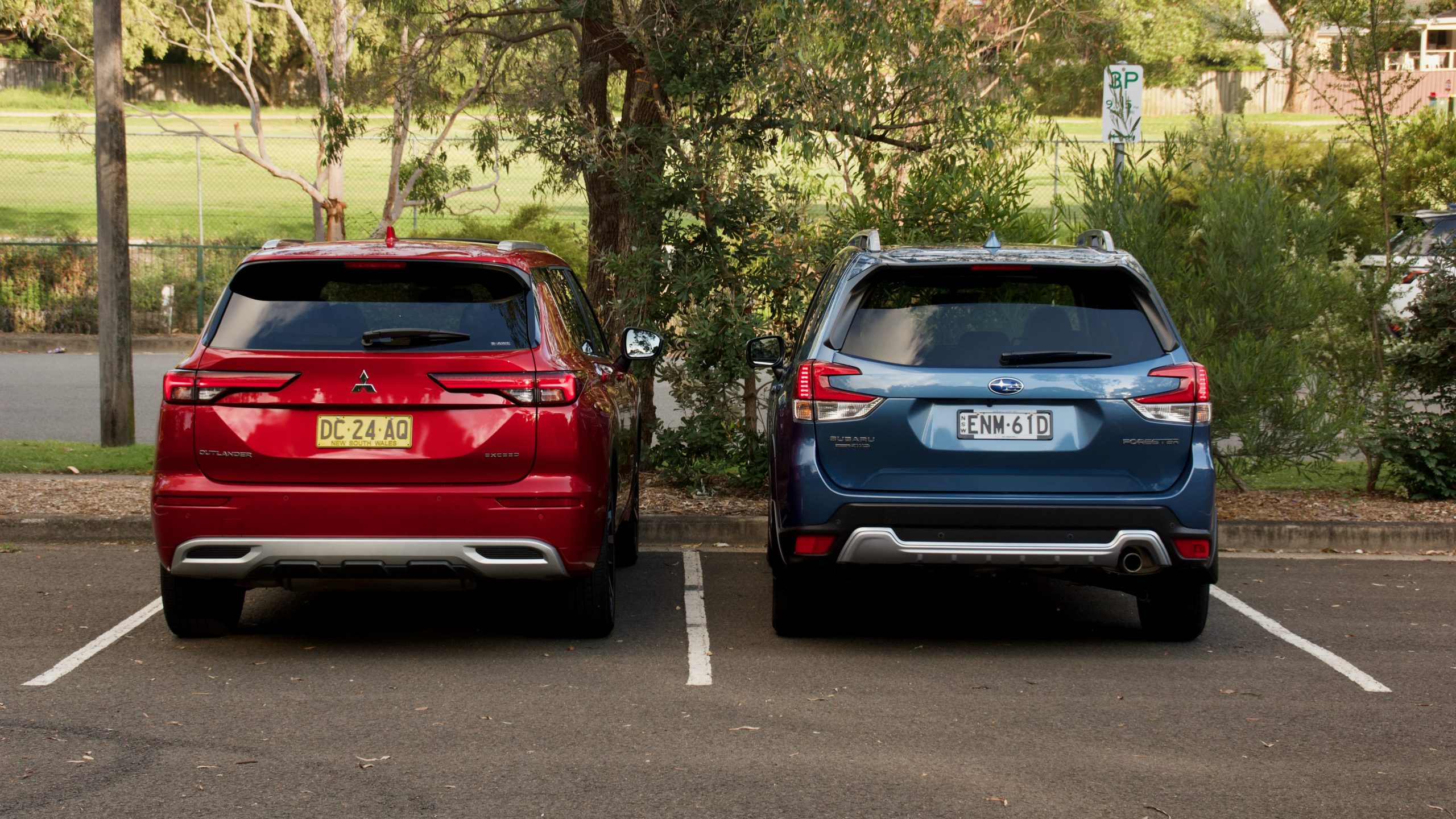
So why do we think the Outlander is superior to the Forester? A lot of reasons, really – the value equation is superior, it costs significantly less to maintain, its cabin and tech is superior and although their drivetrains are similar on paper, the Outlander used less fuel in our testing. In addition to that, its warranty can be double that of the Subaru if serviced at a Mitsubishi dealership, and it features seven seats, which is something no Forester offers. In this round of the mid-size SUV battle, it’s the Mitsubishi Outlander Exceed that reigns supreme.
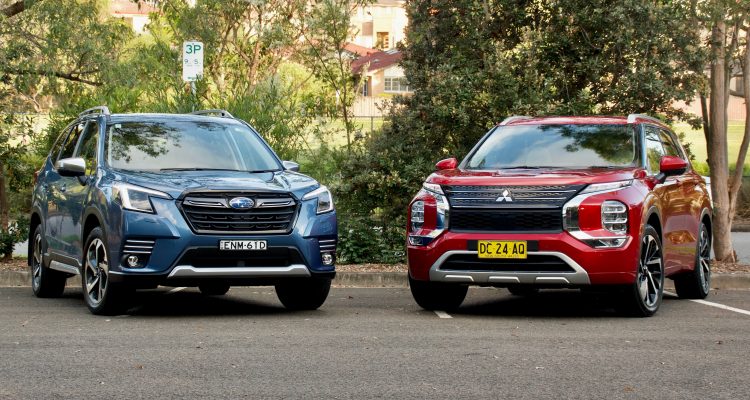
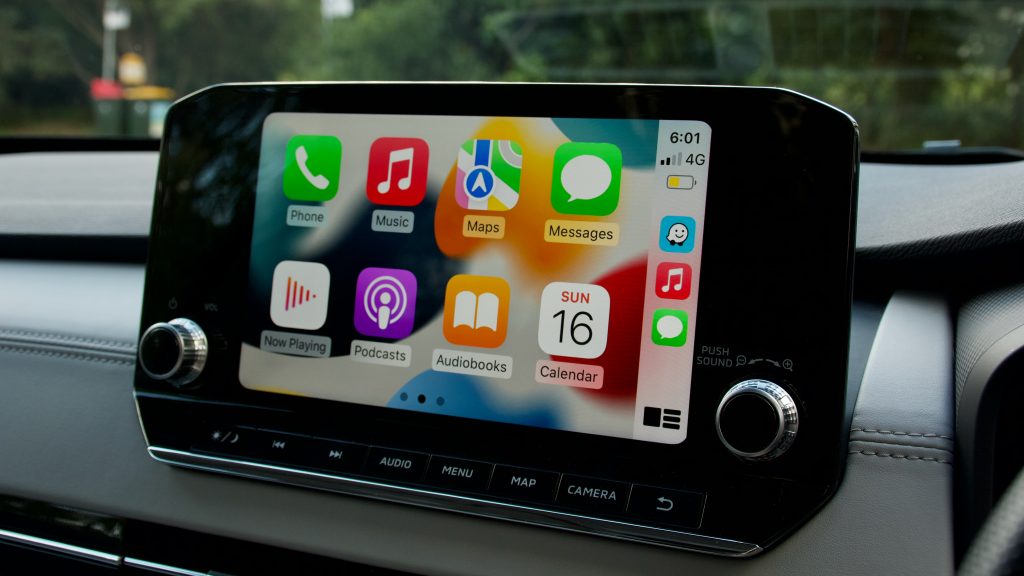
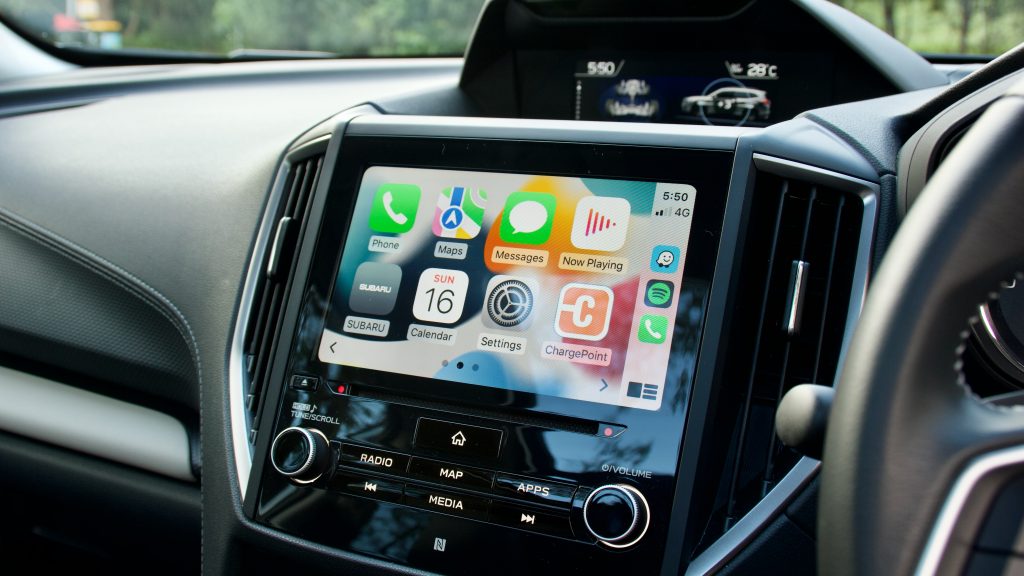
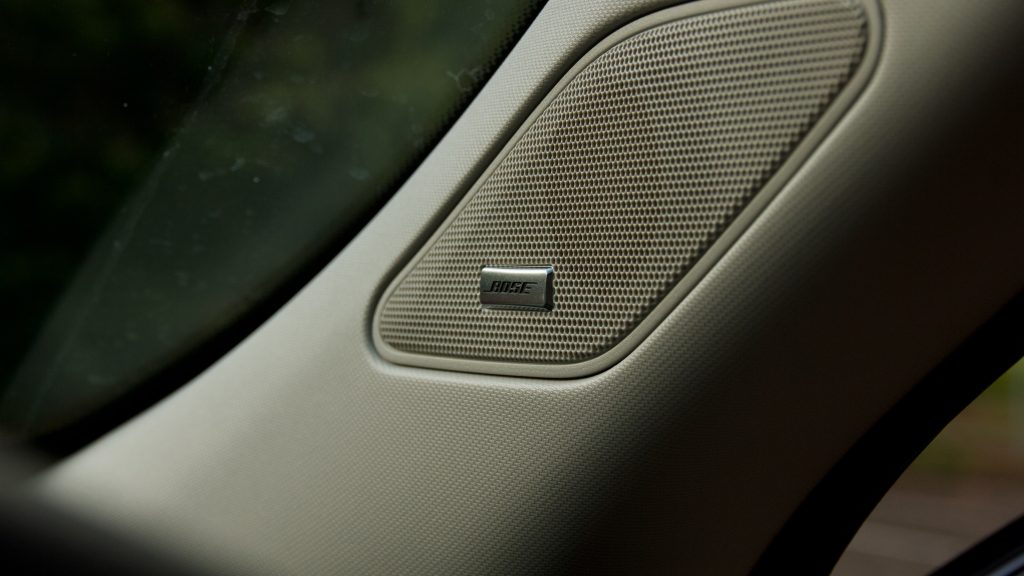
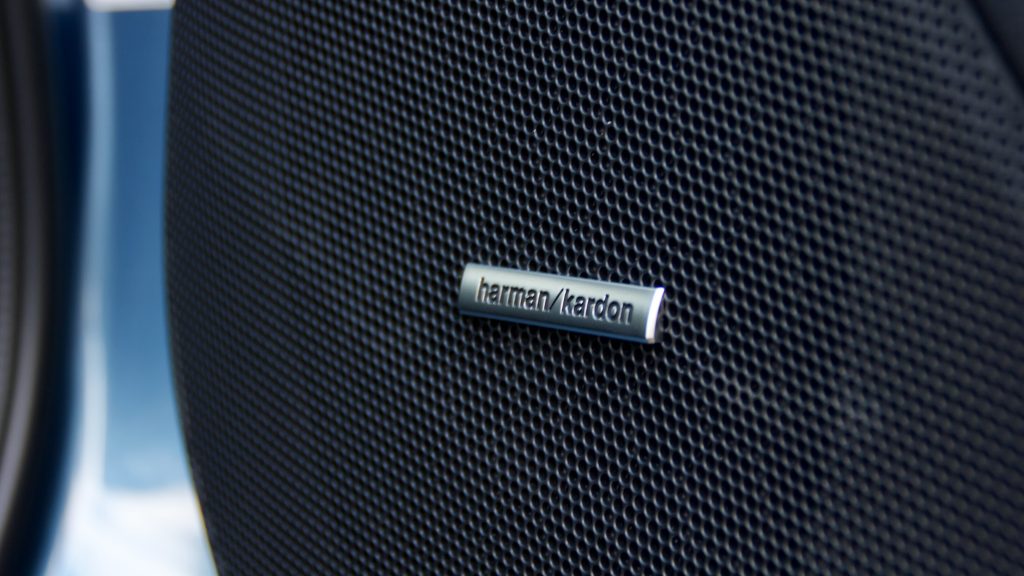
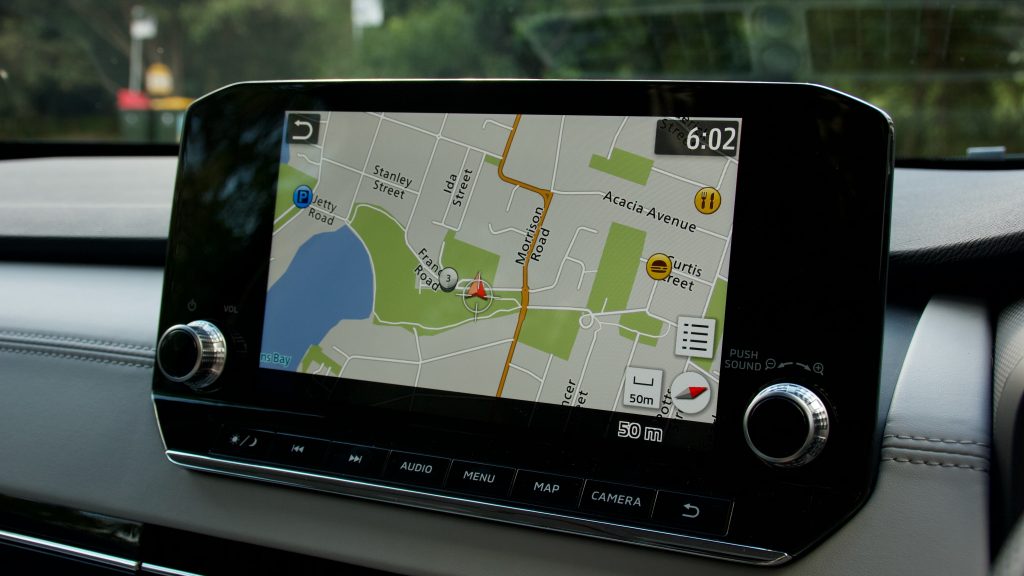
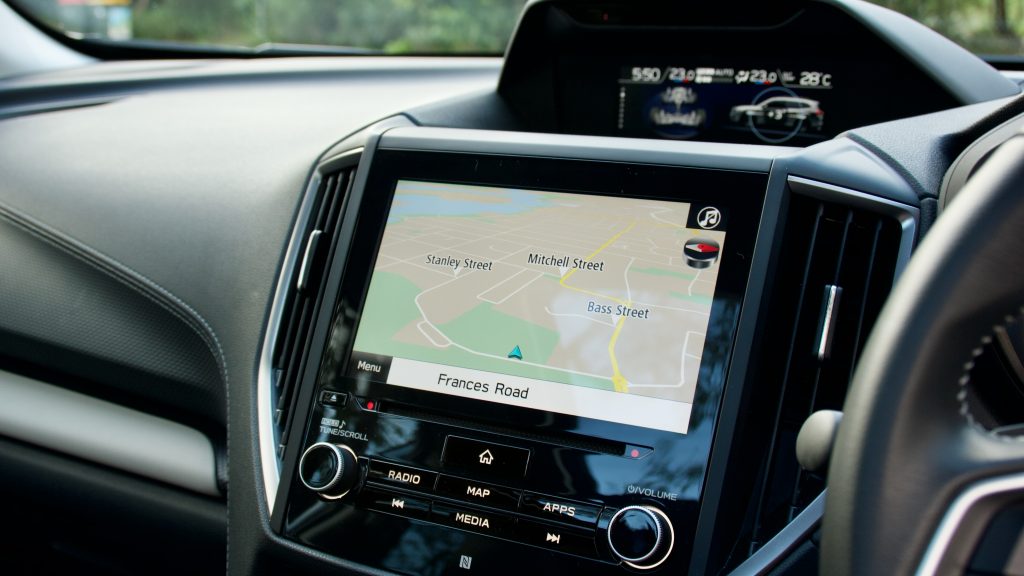
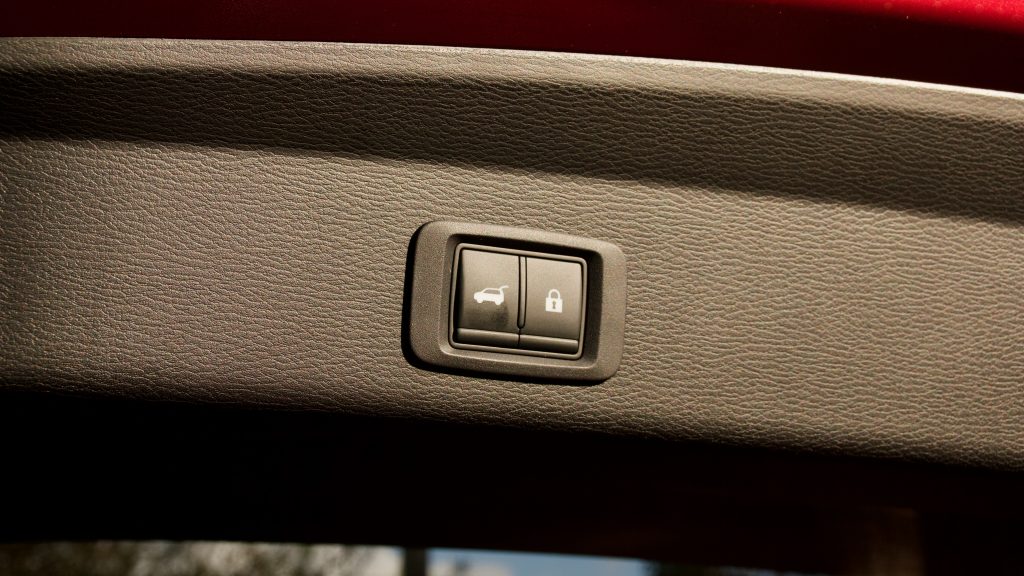
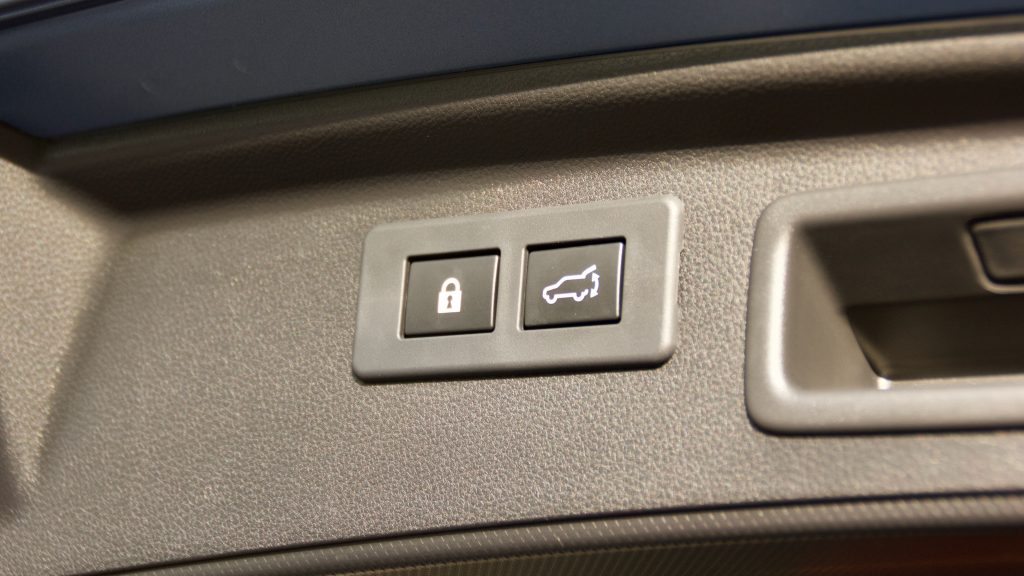
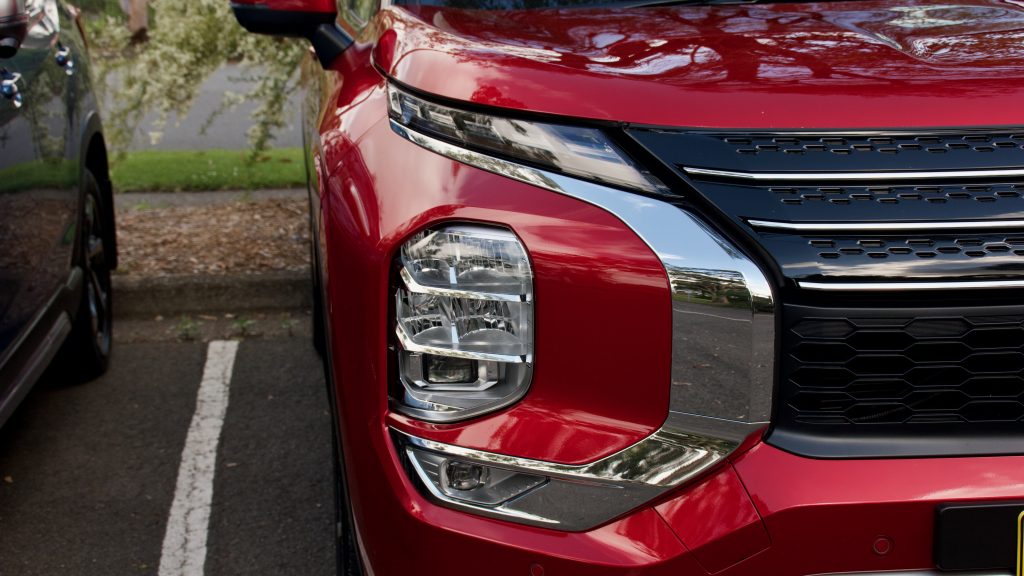
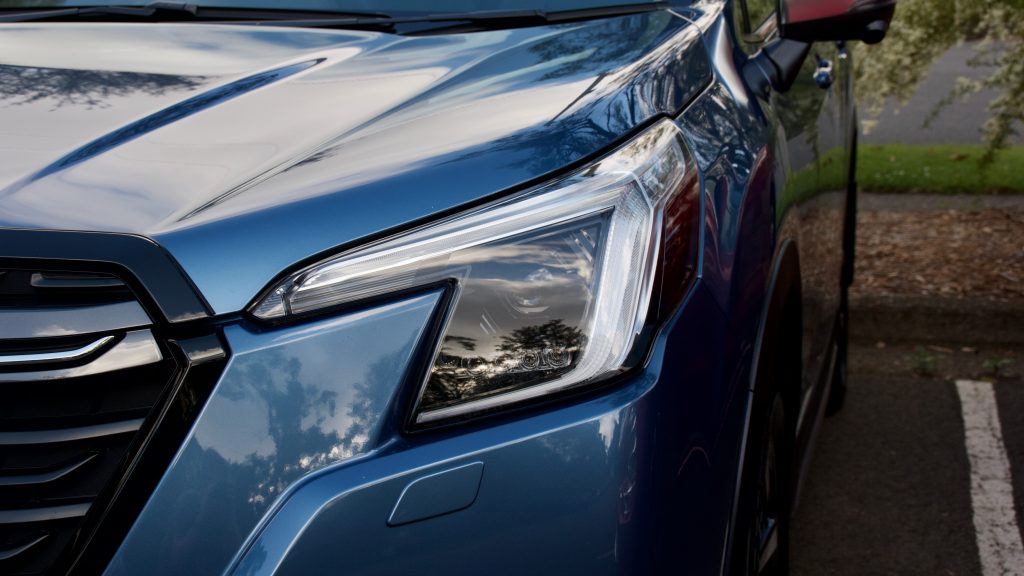
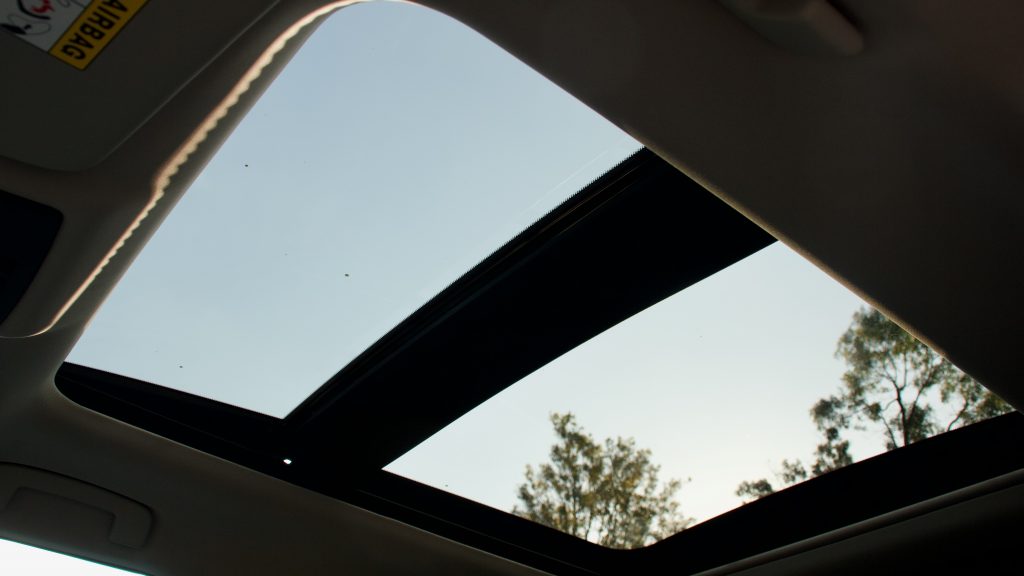
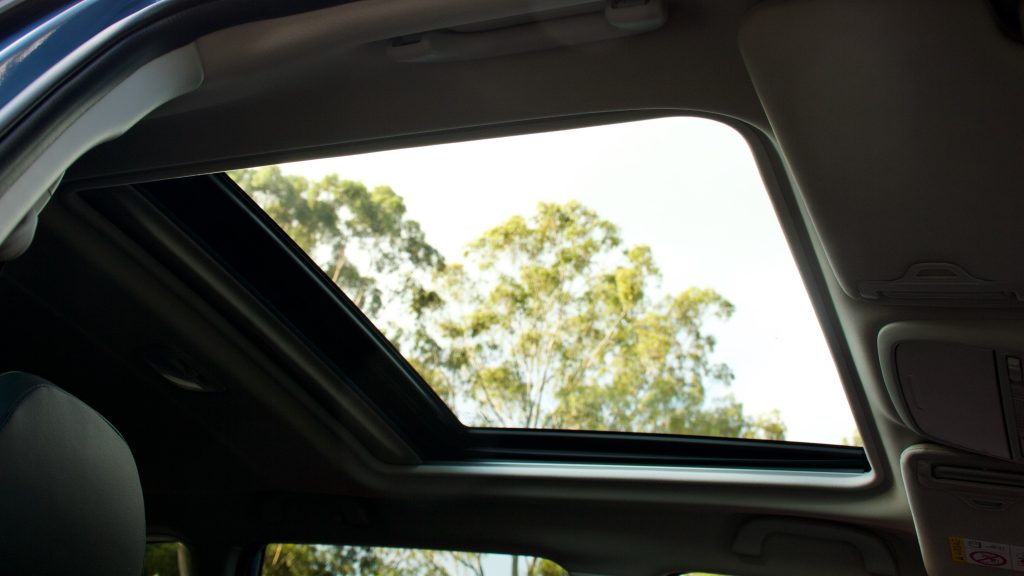
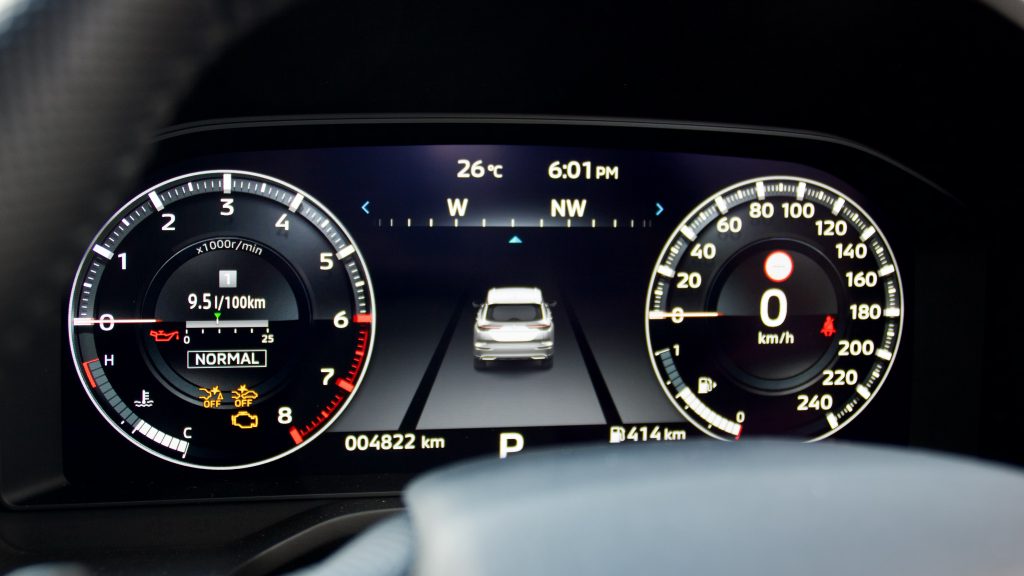
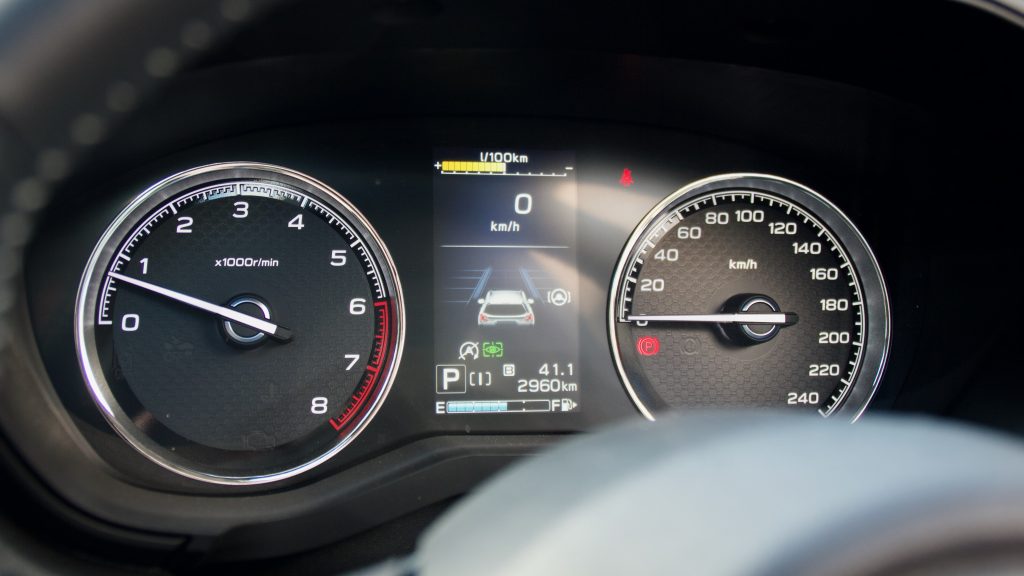
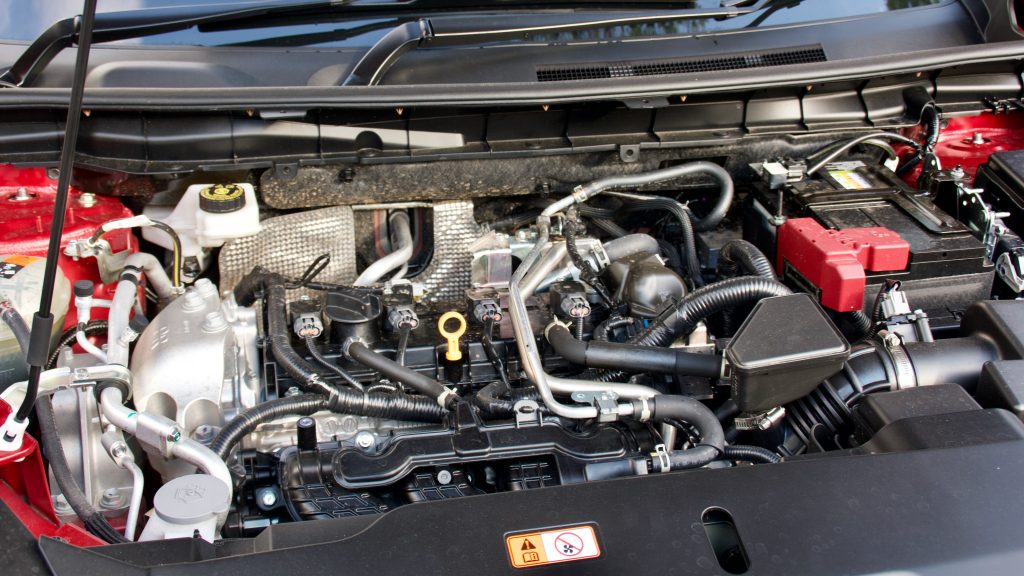

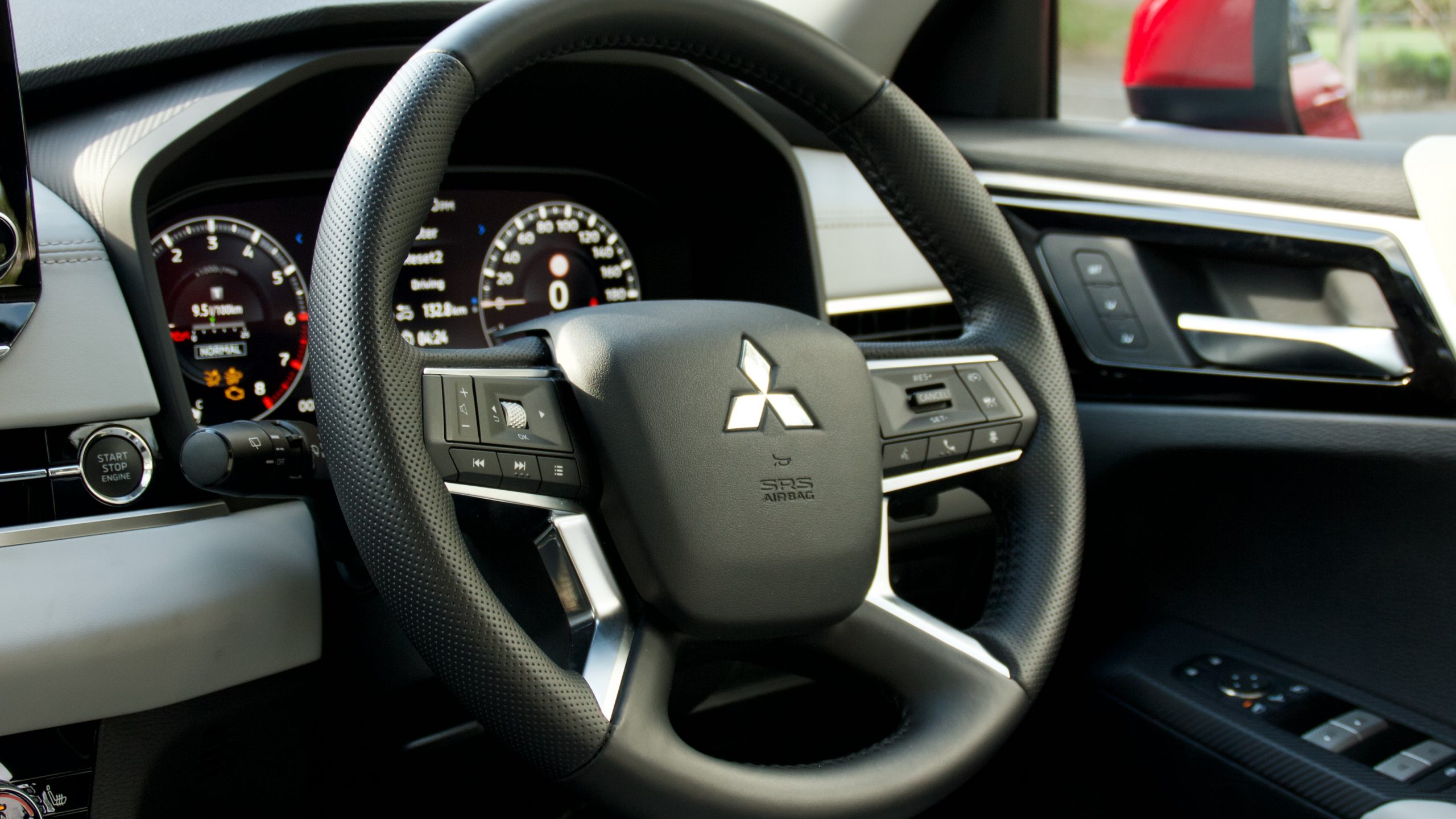
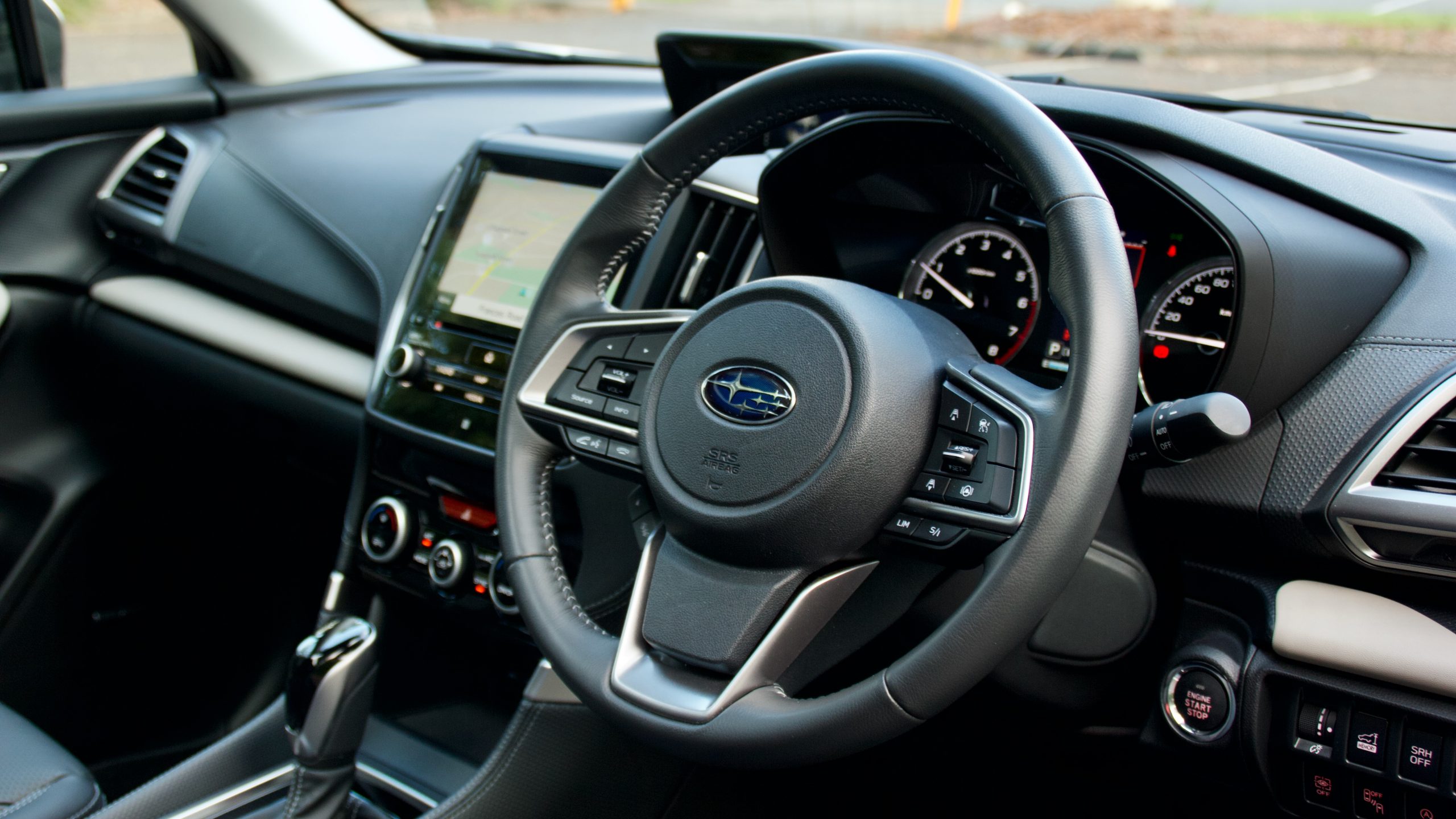
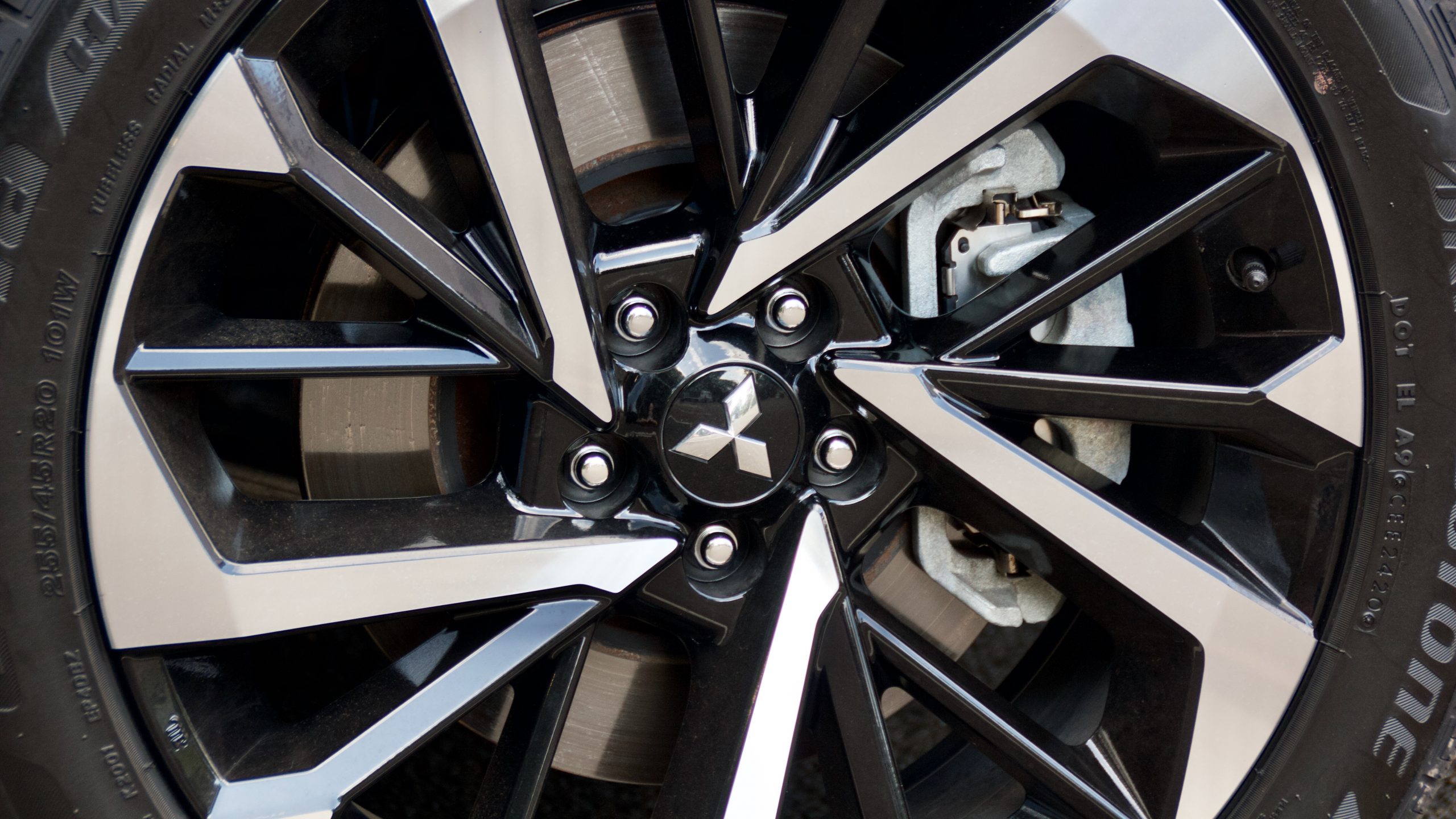
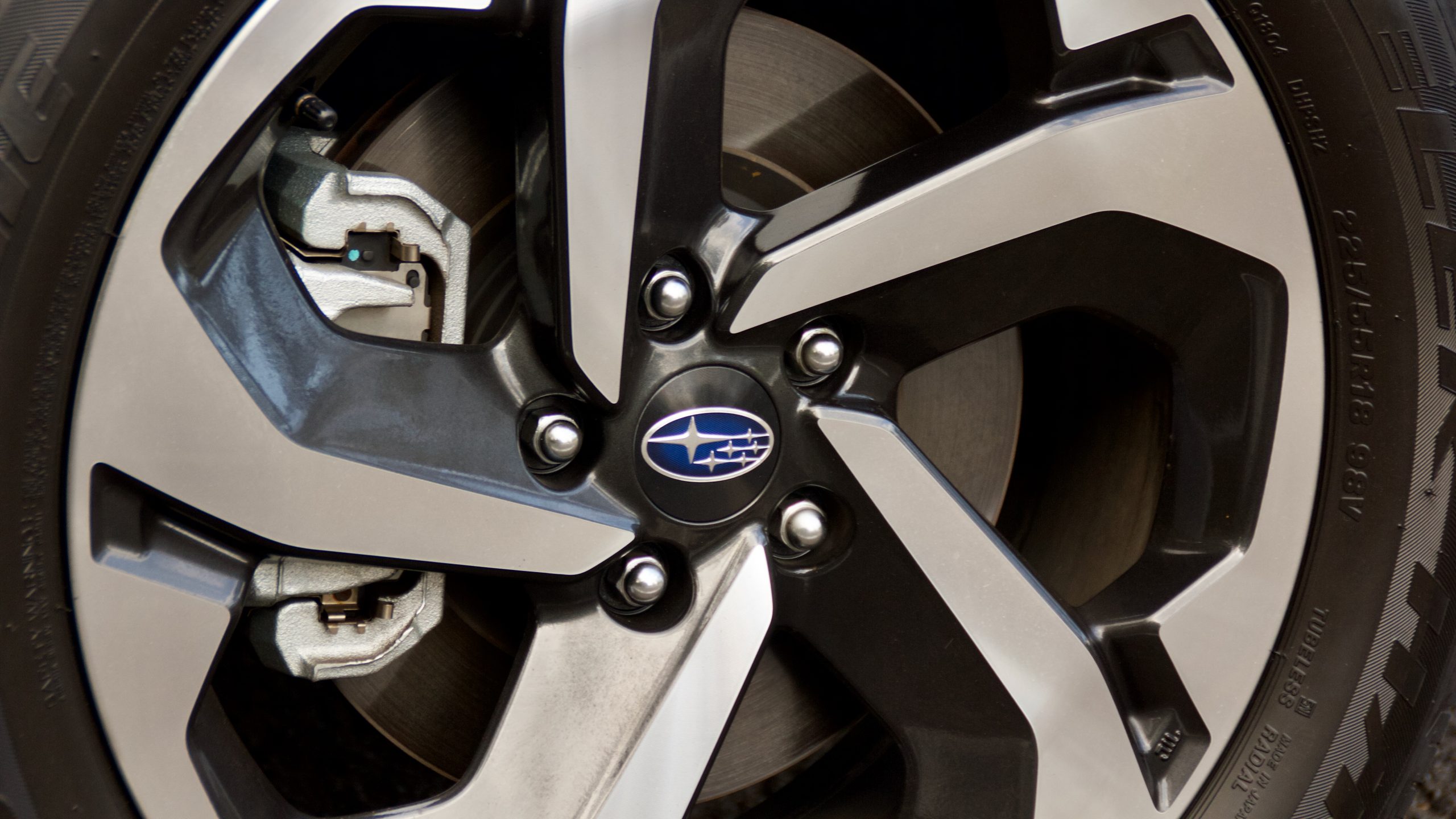
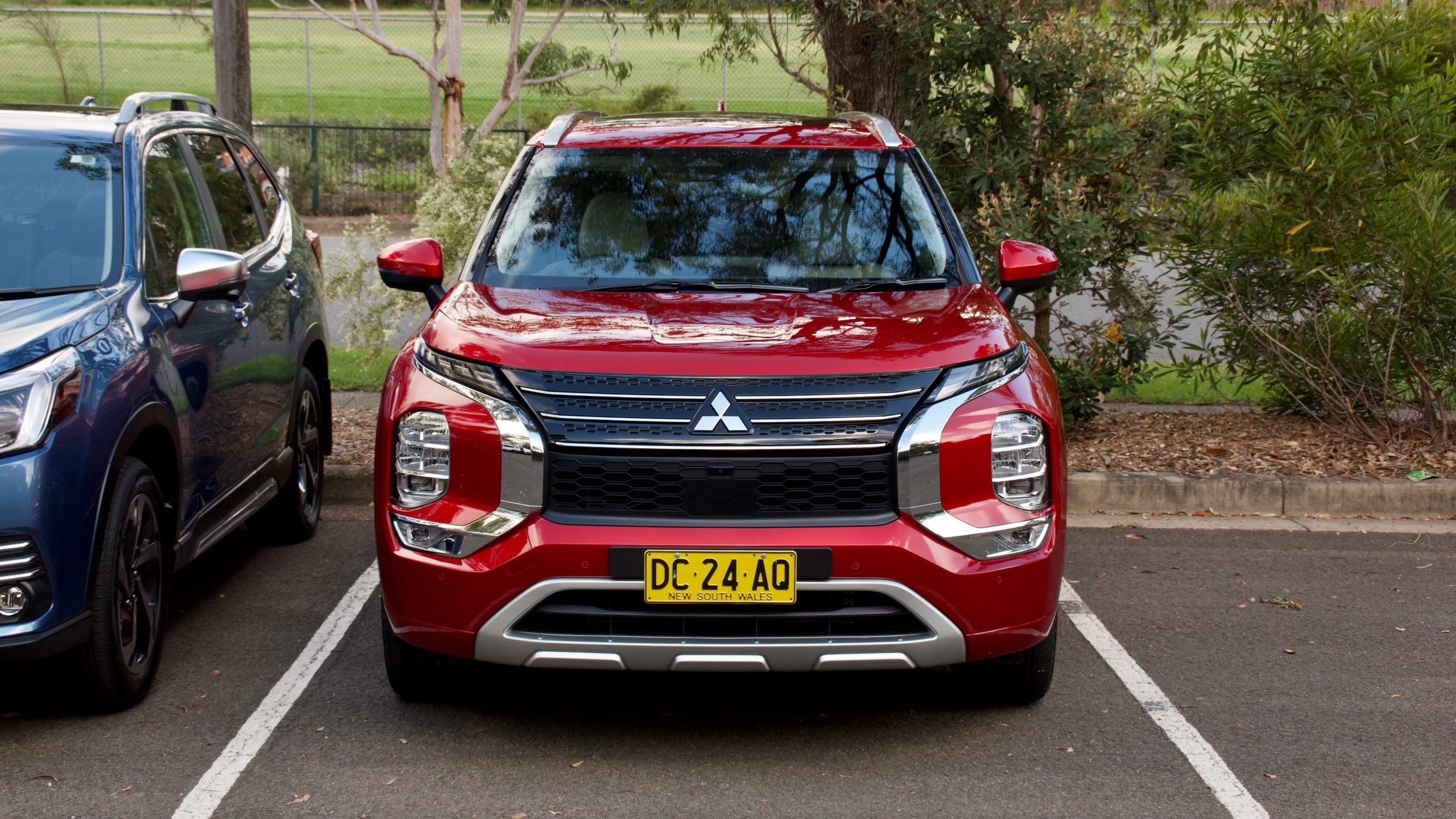
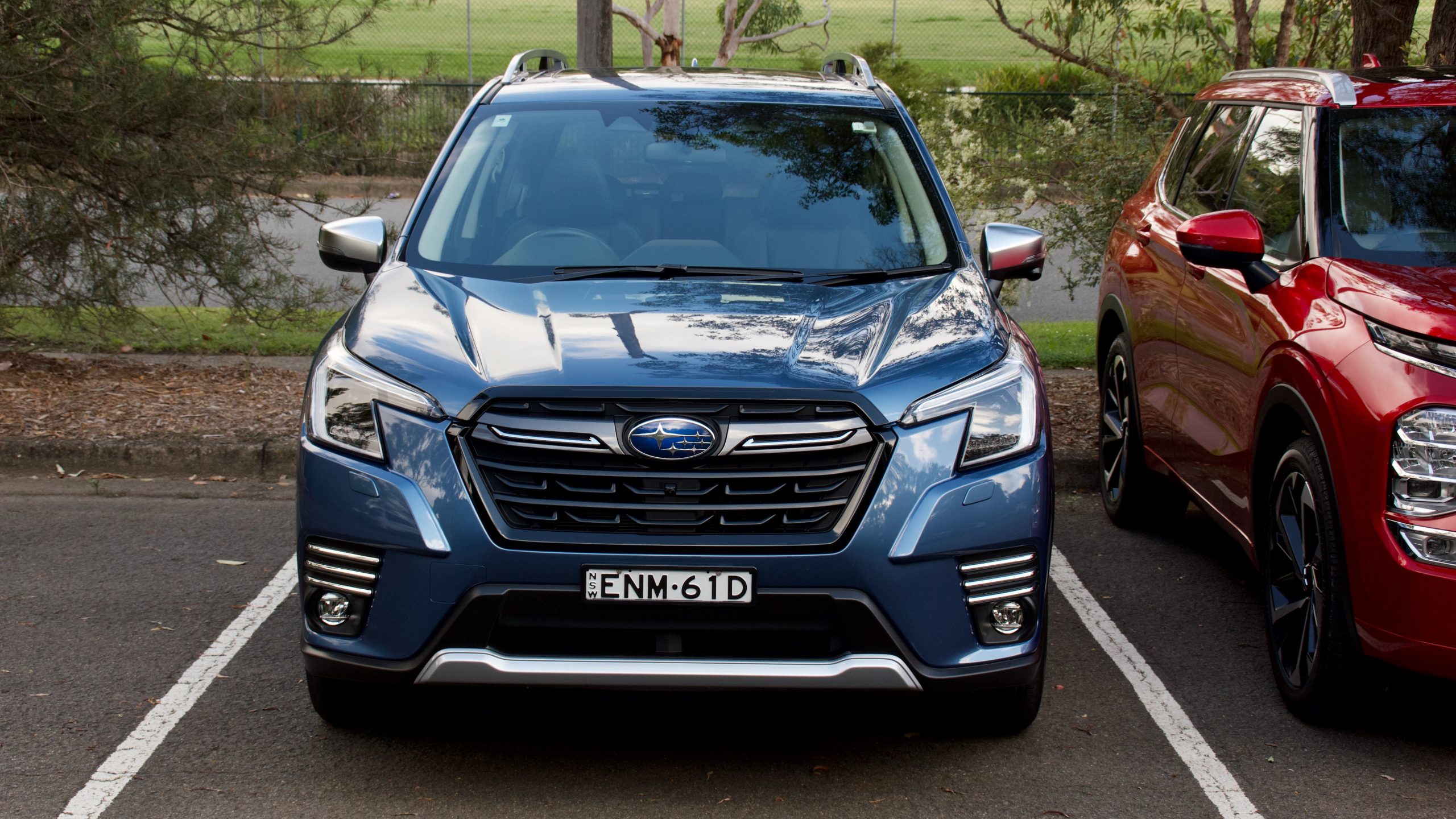
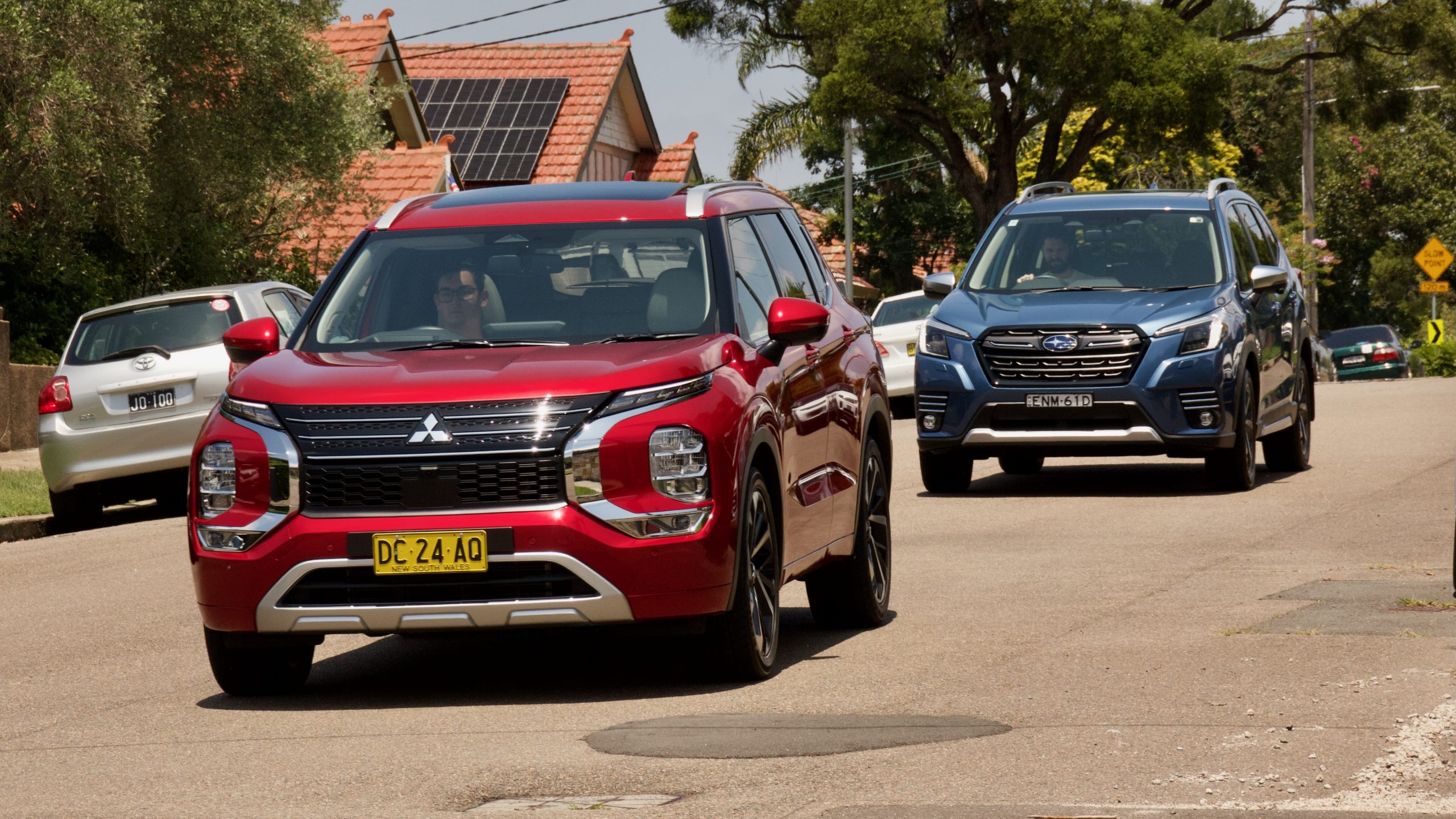
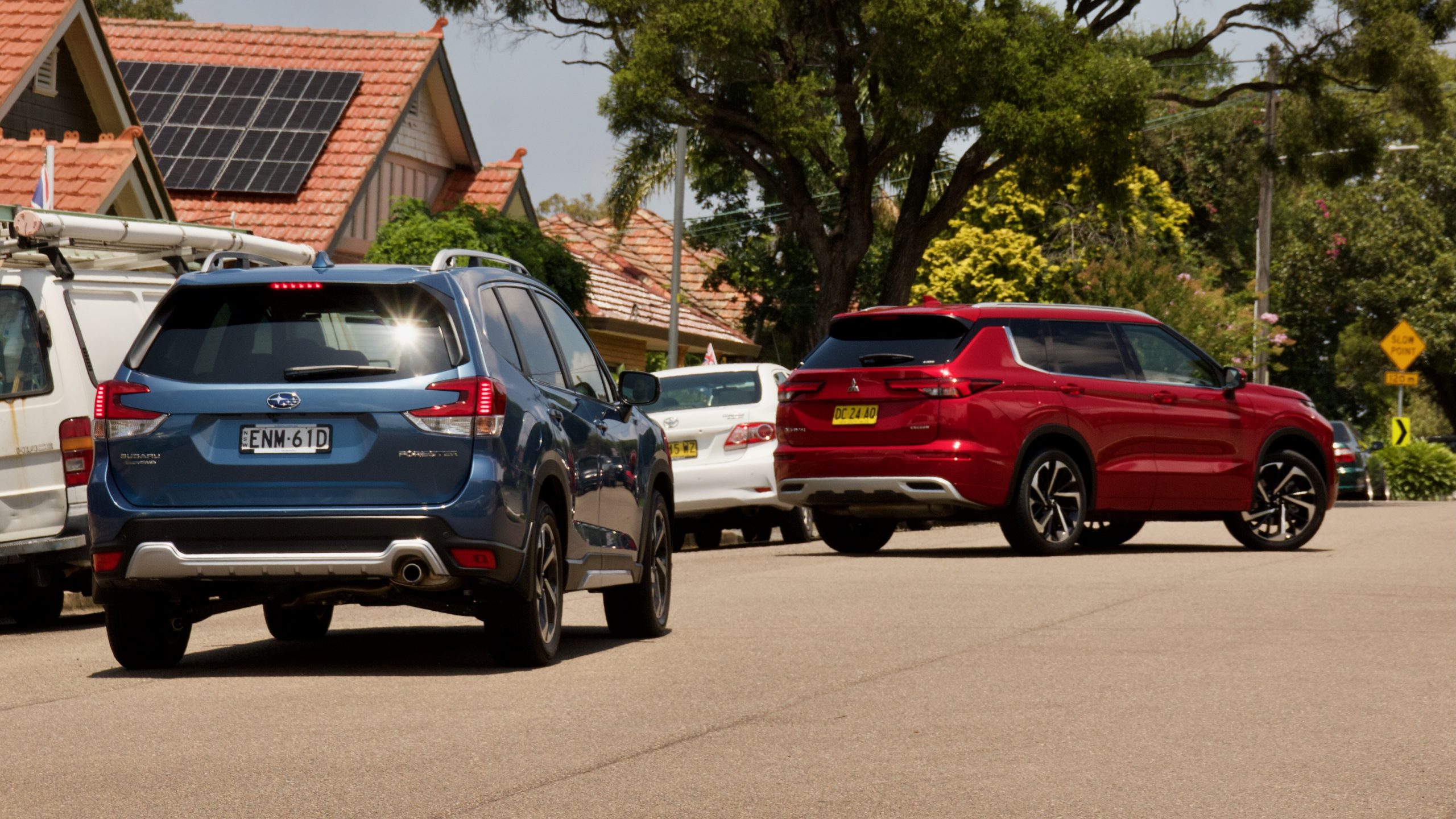
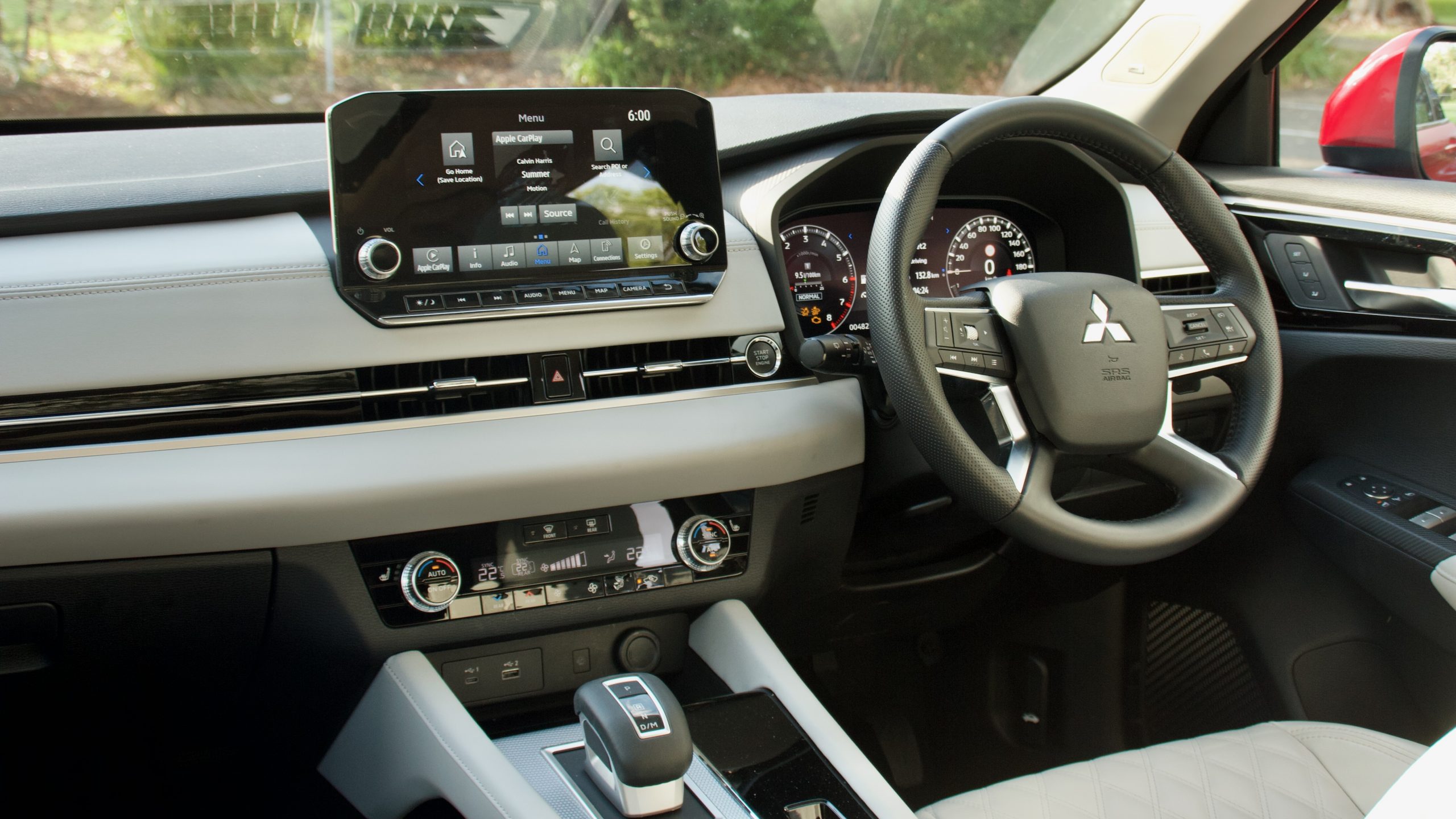
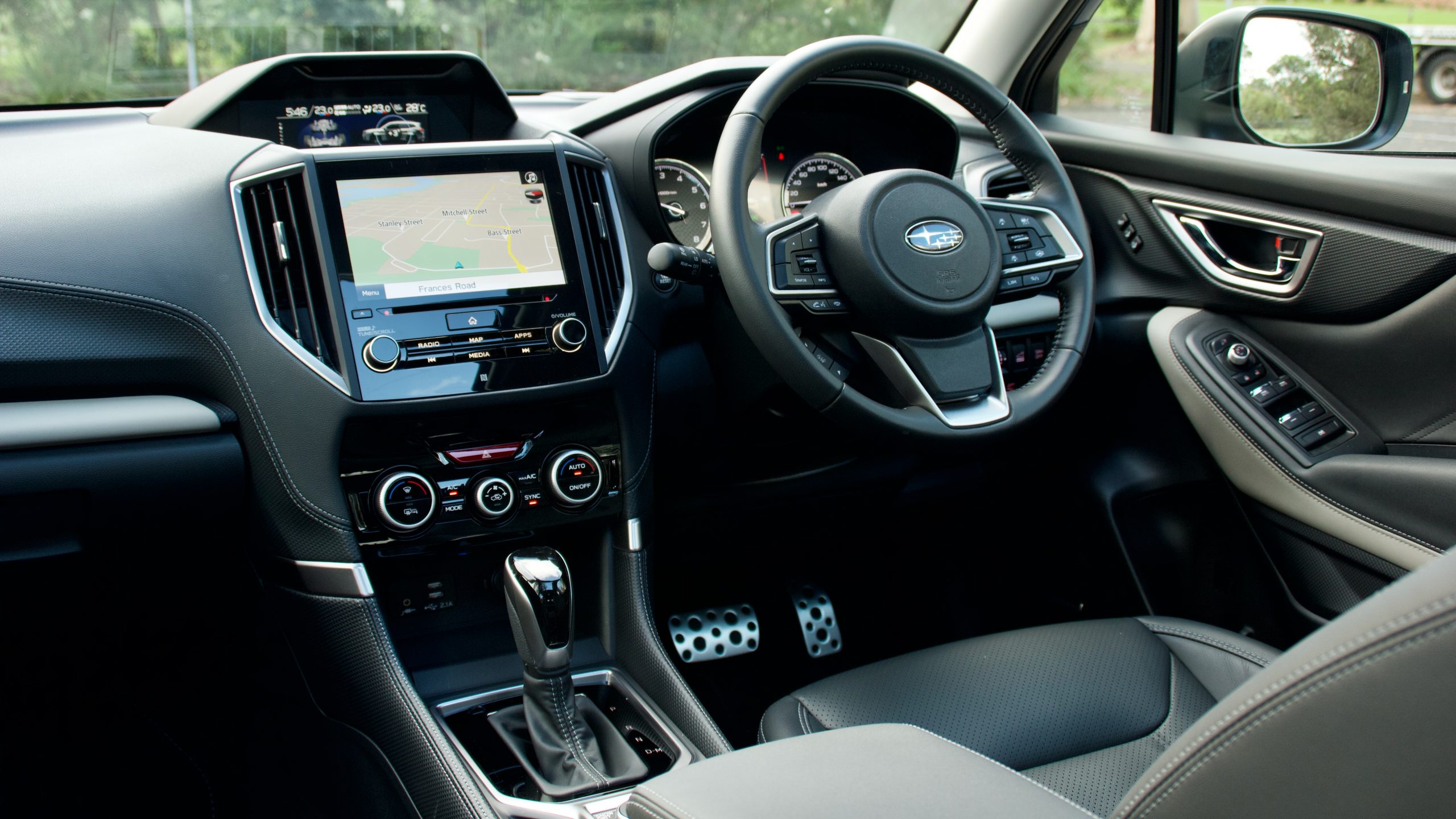
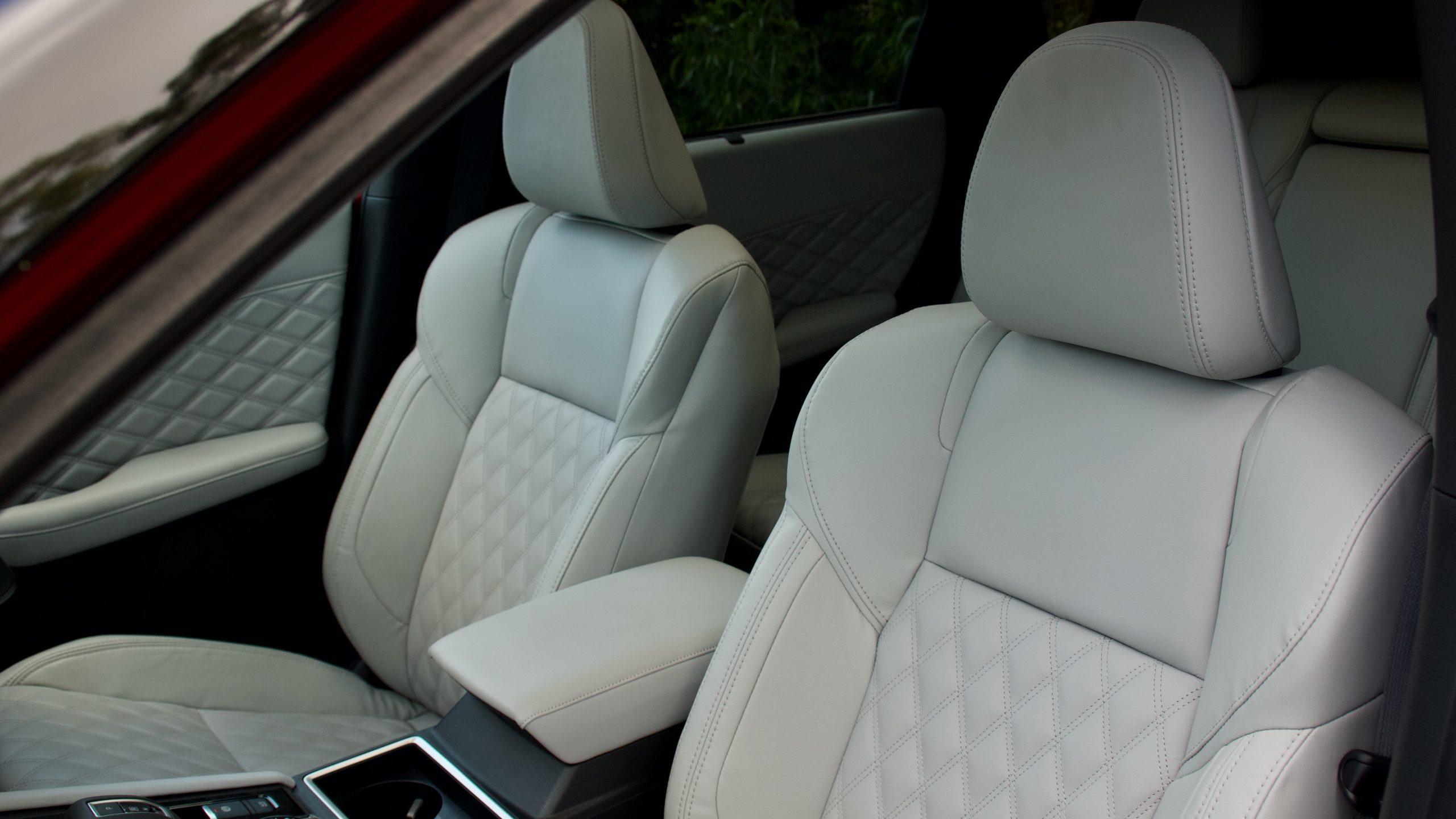
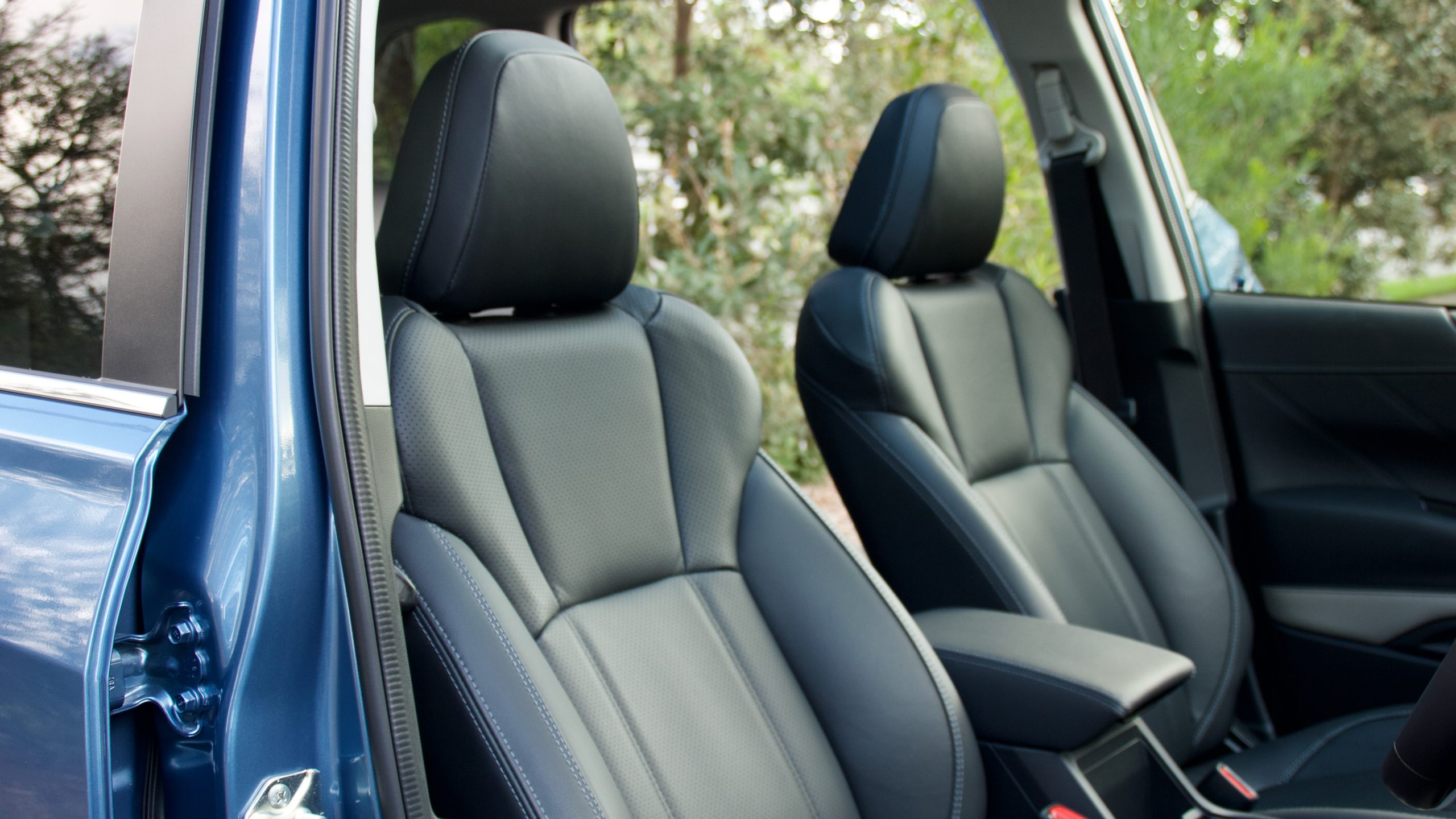
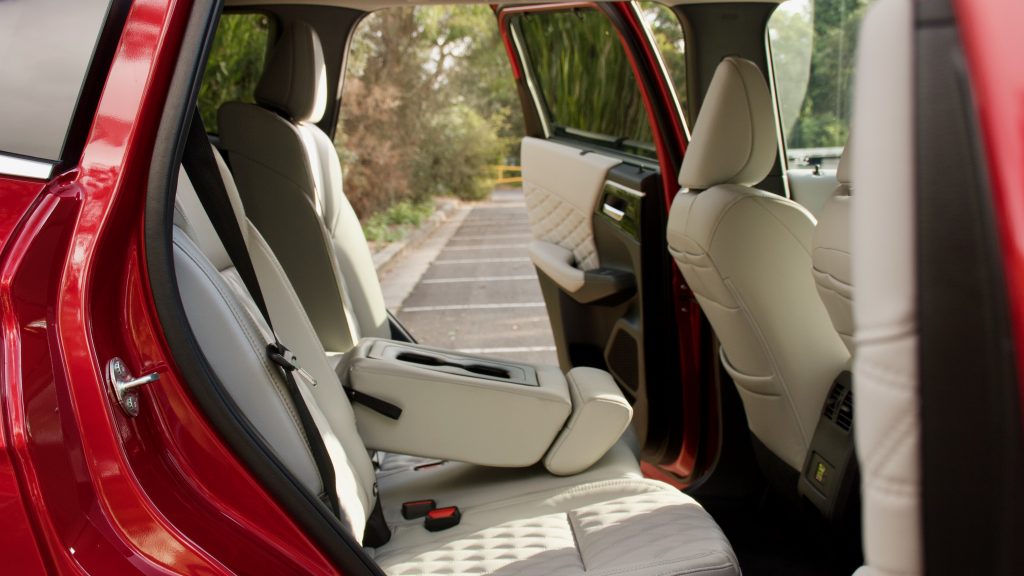
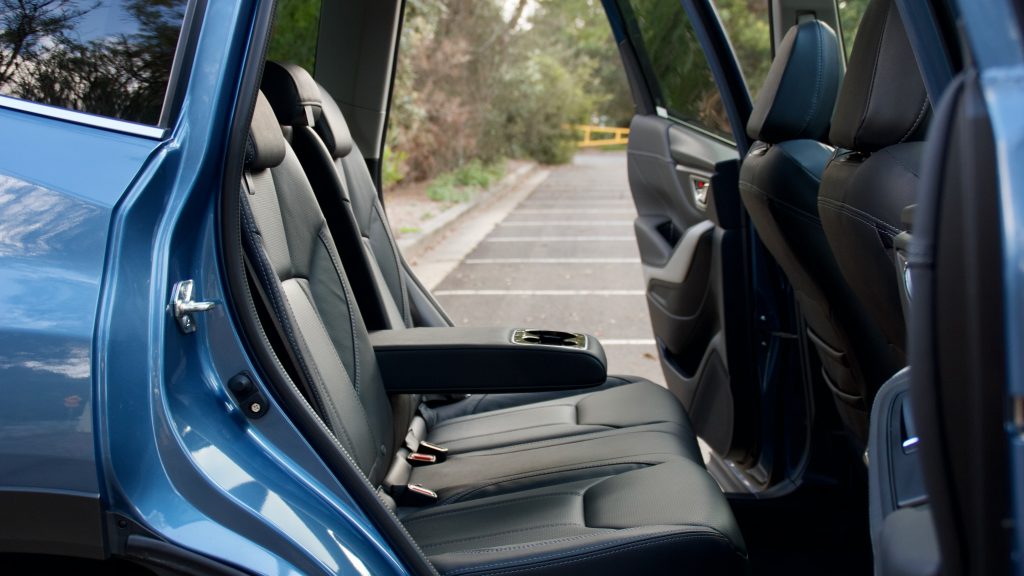
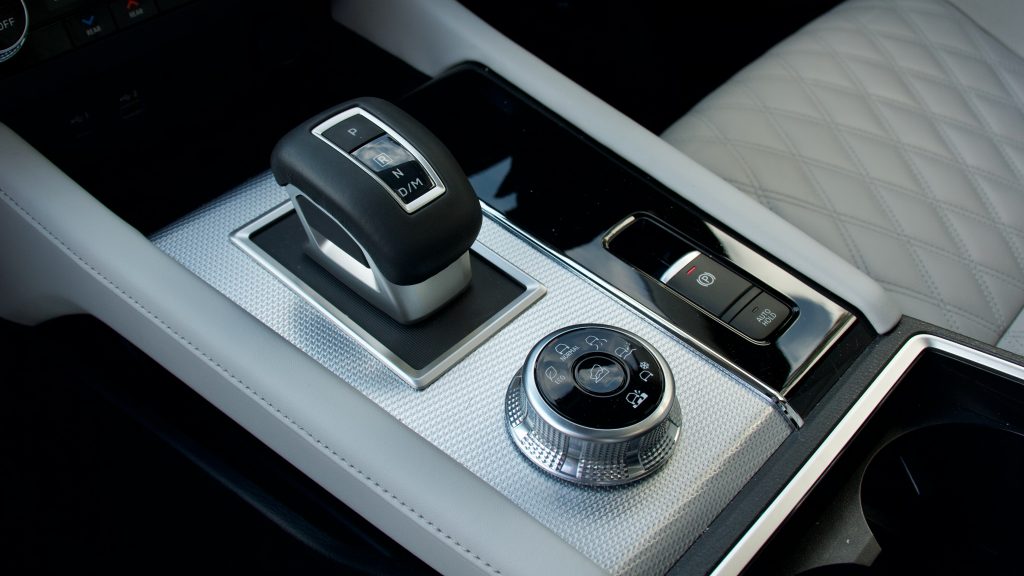
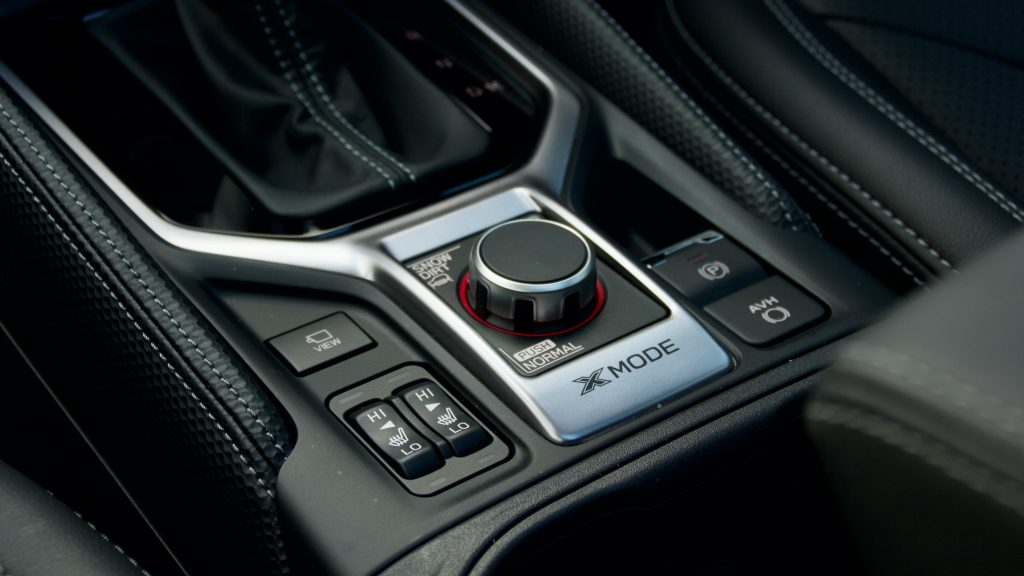
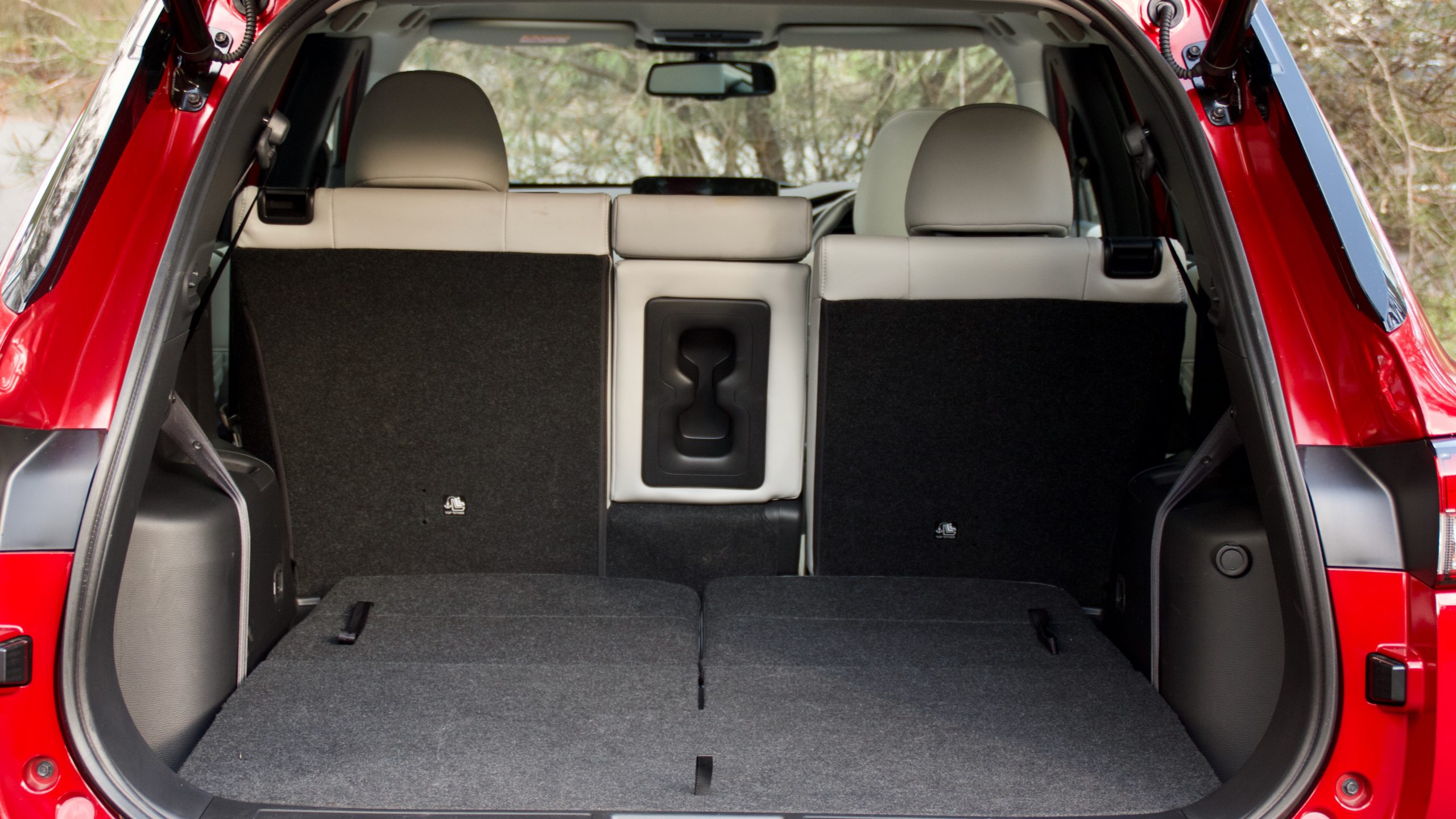
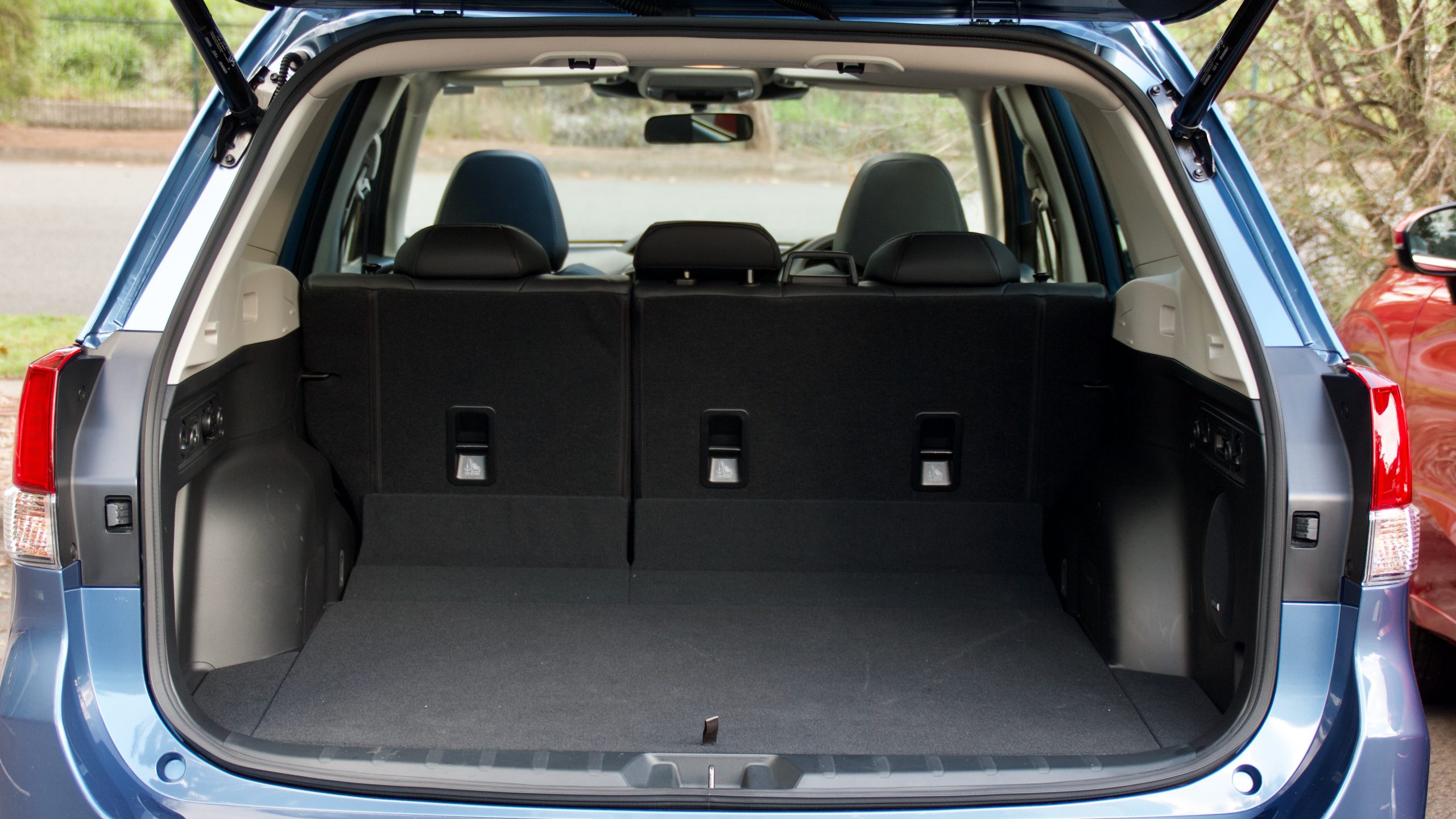
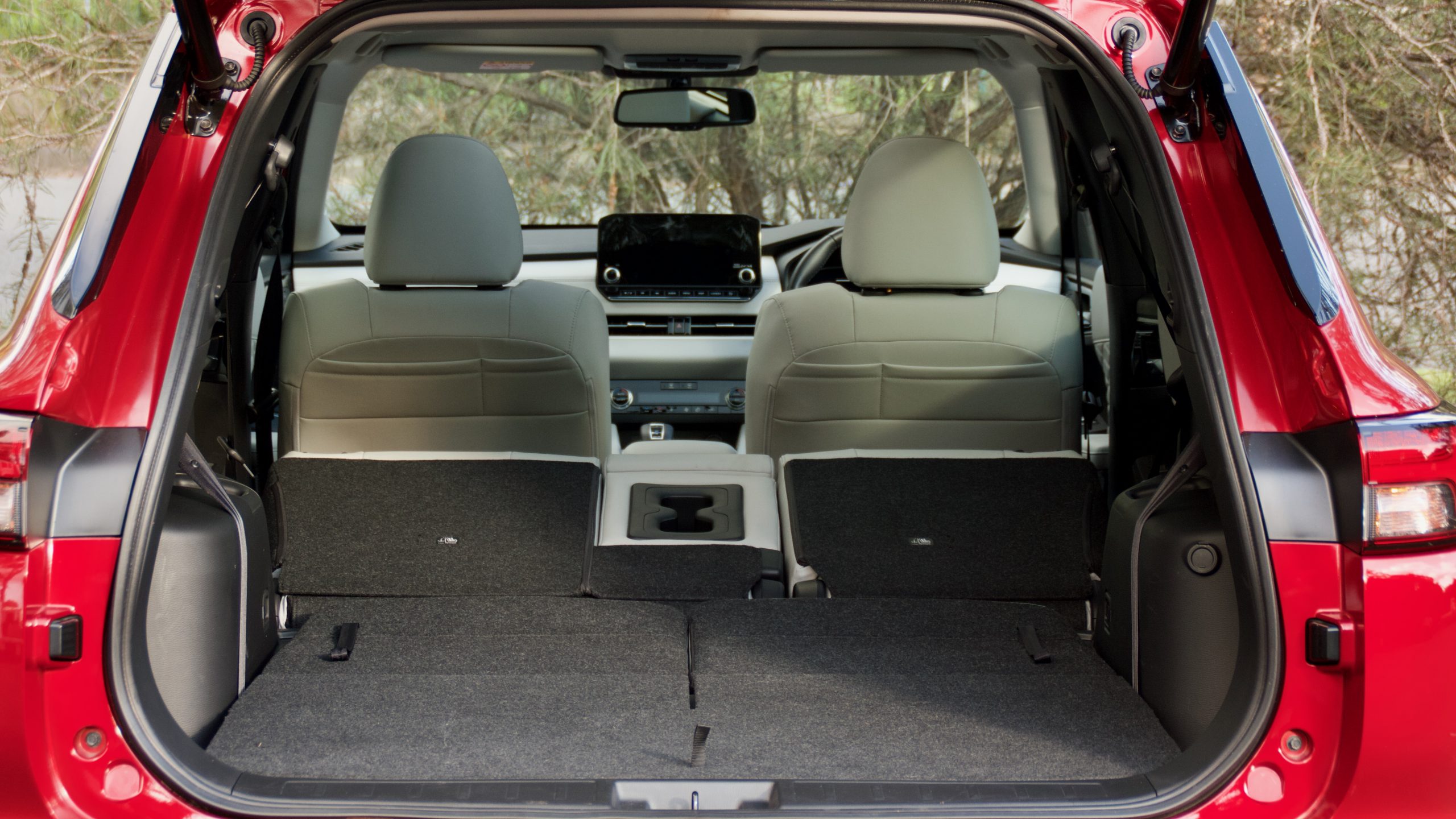
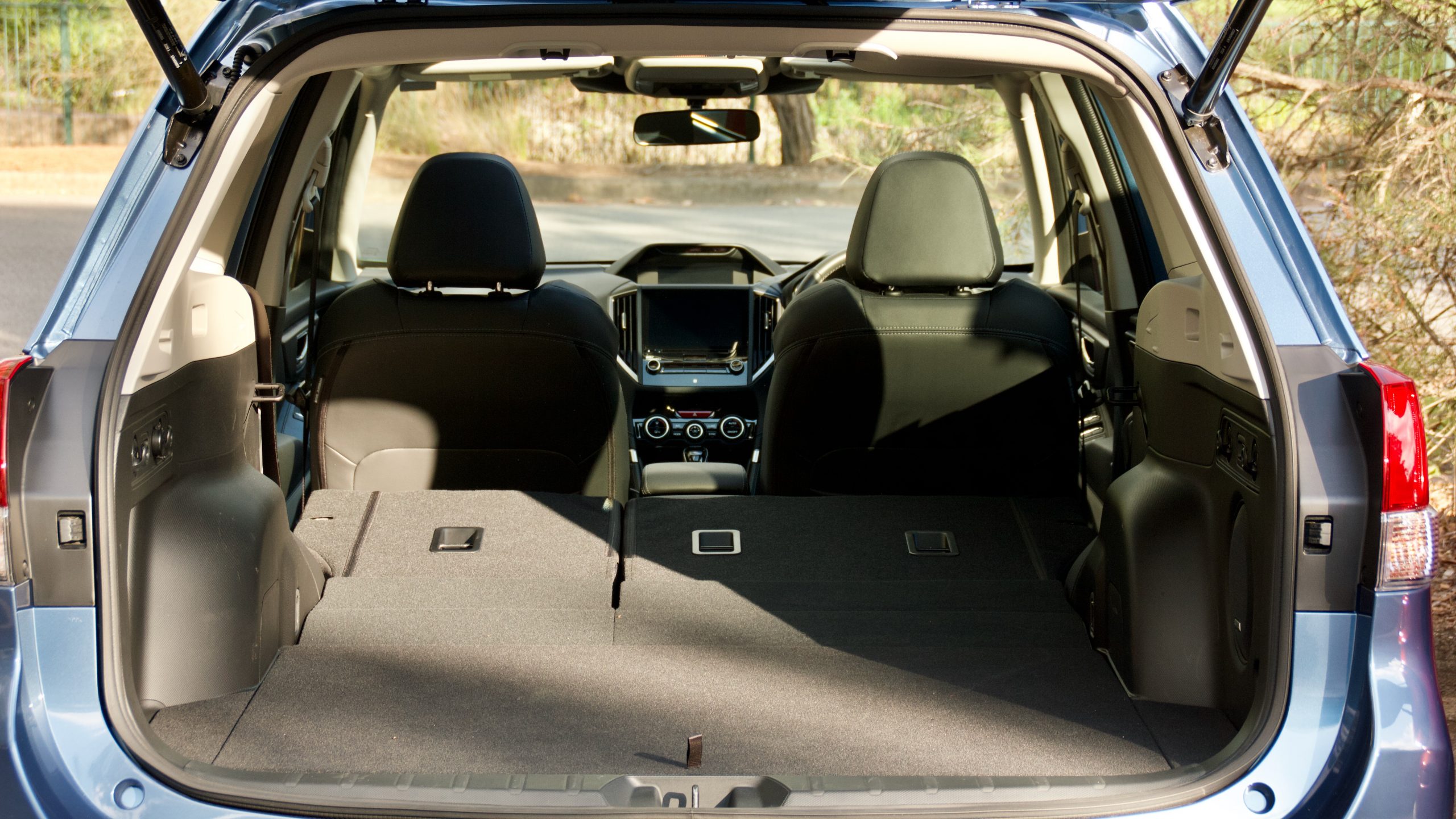
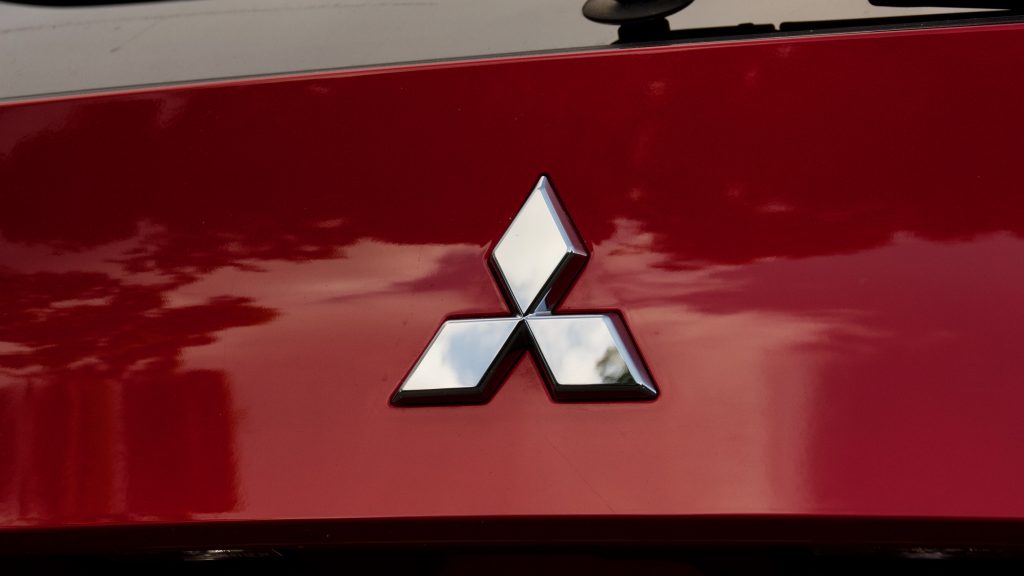
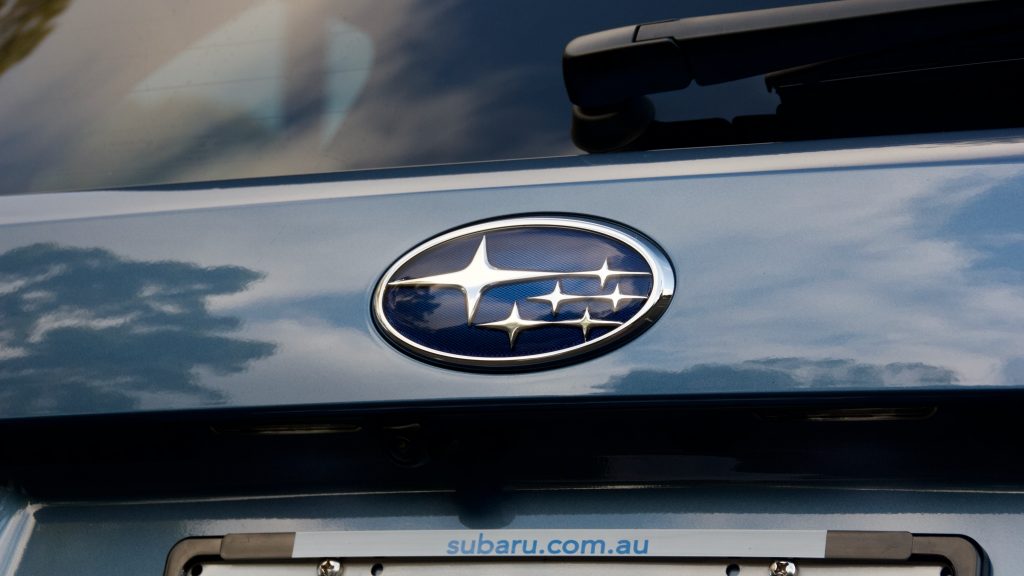
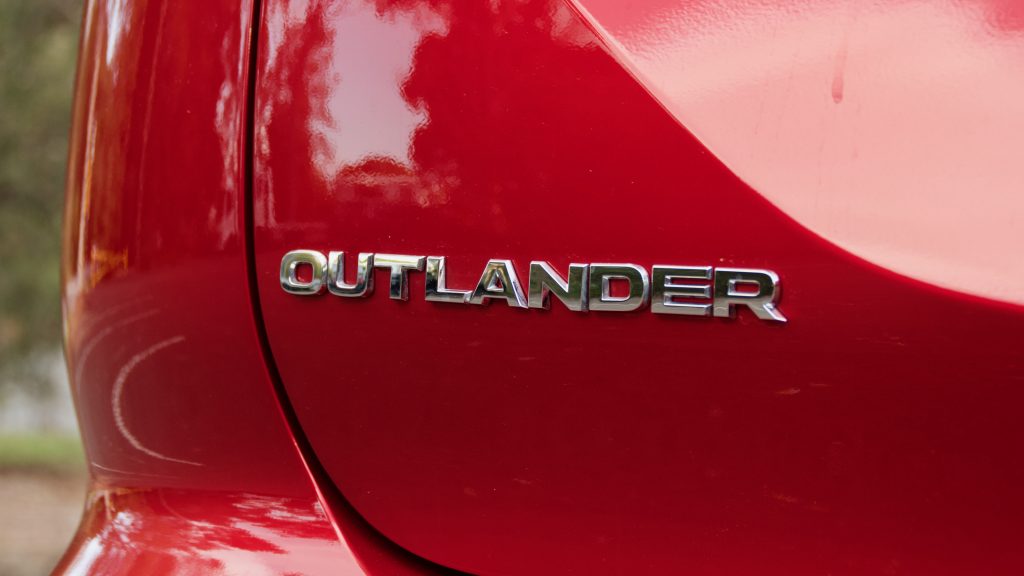
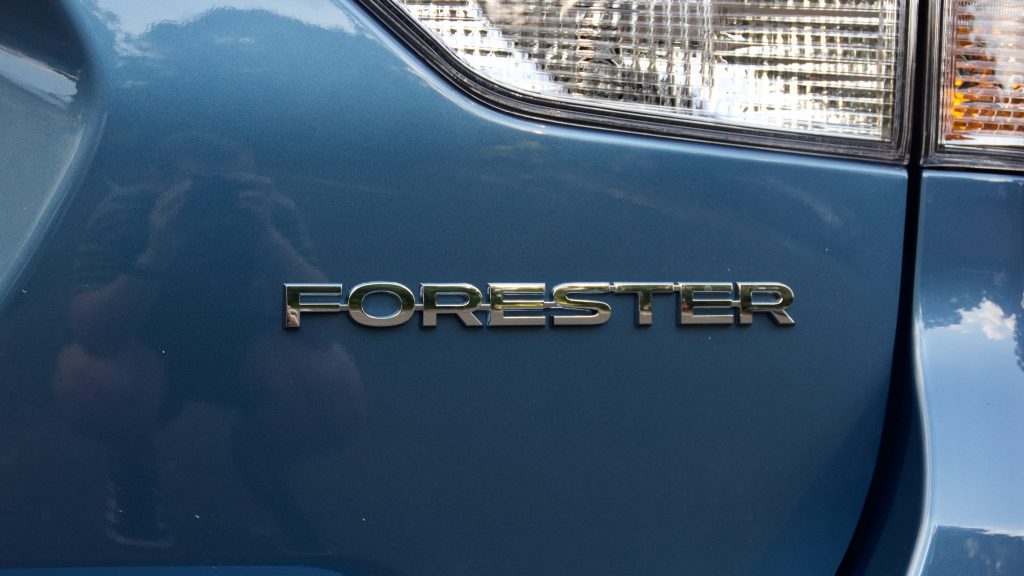
Leave a Reply